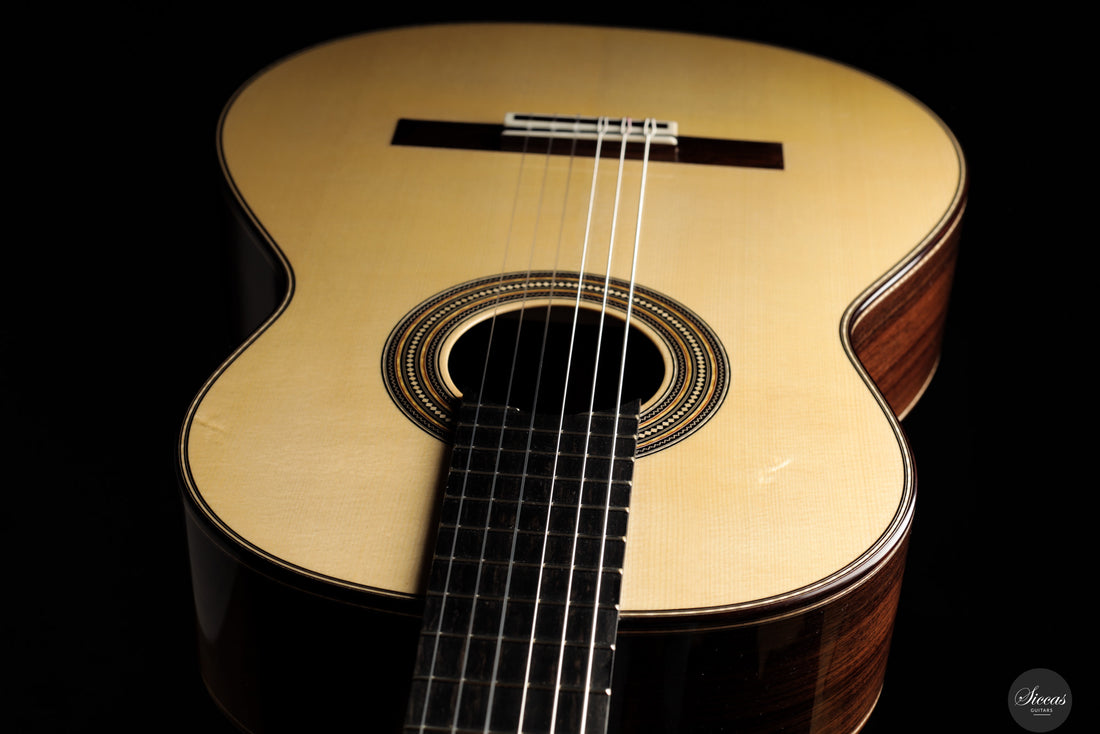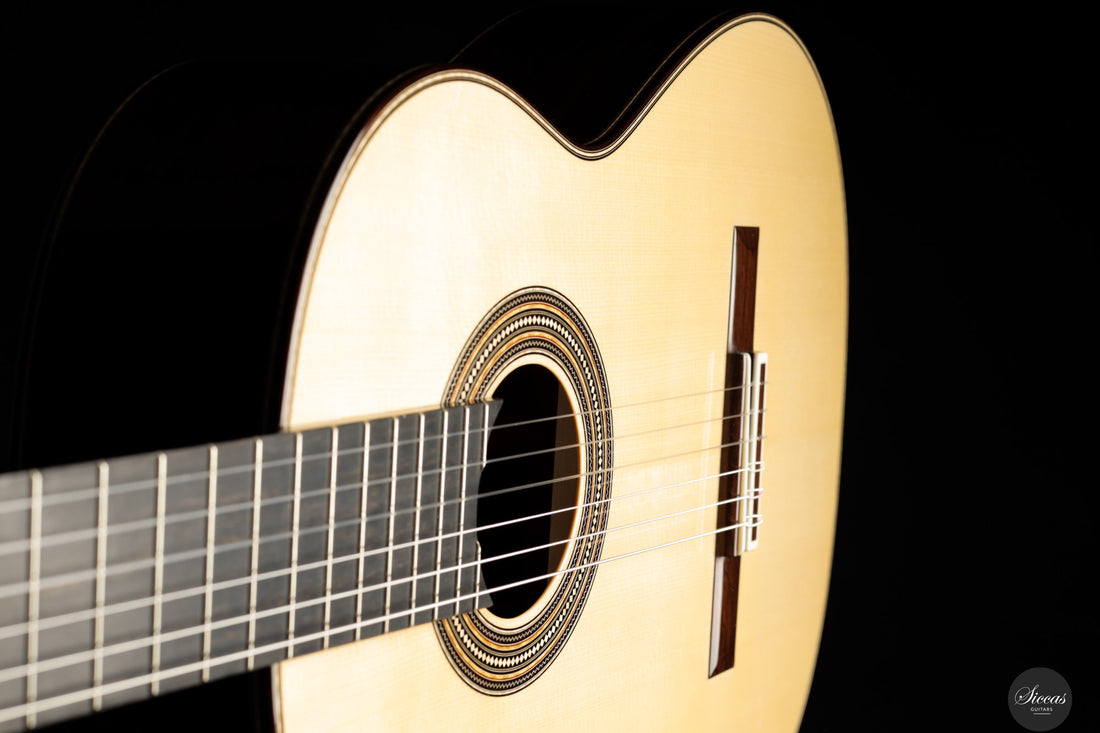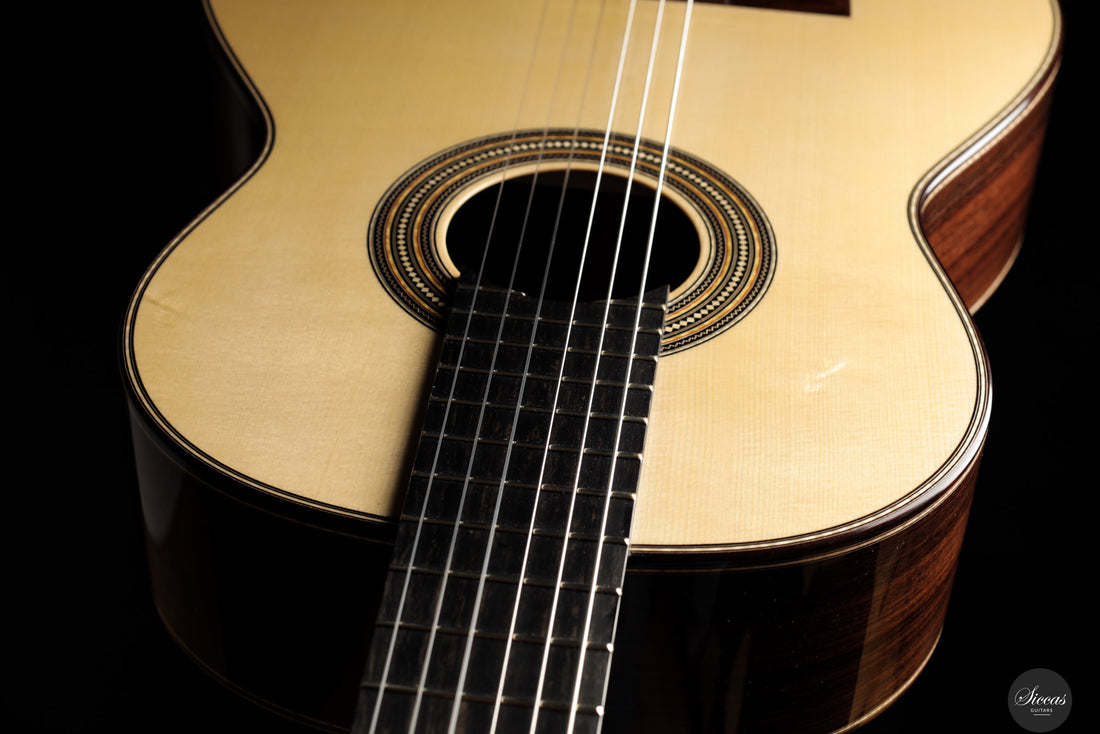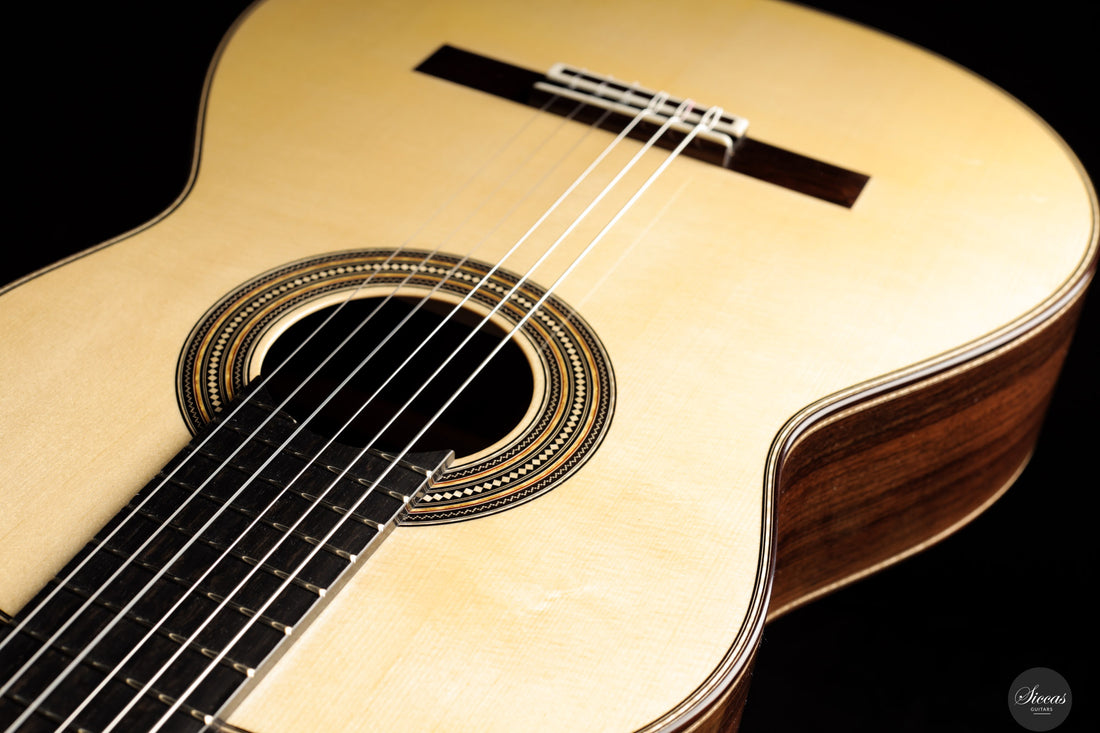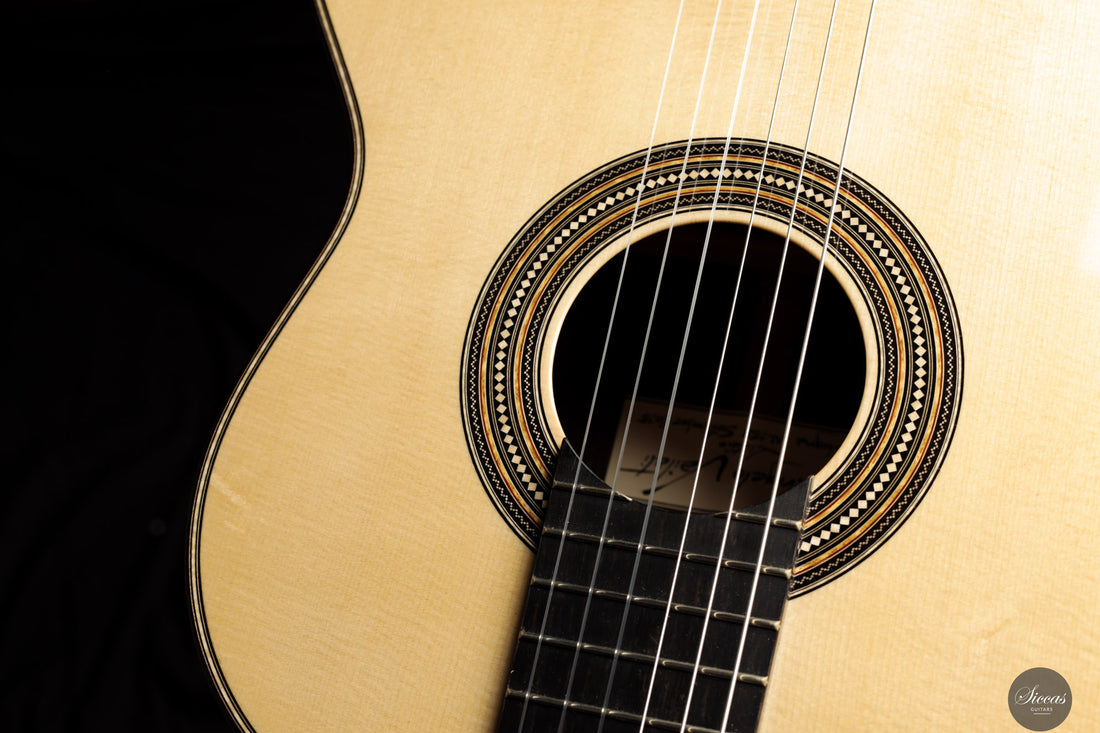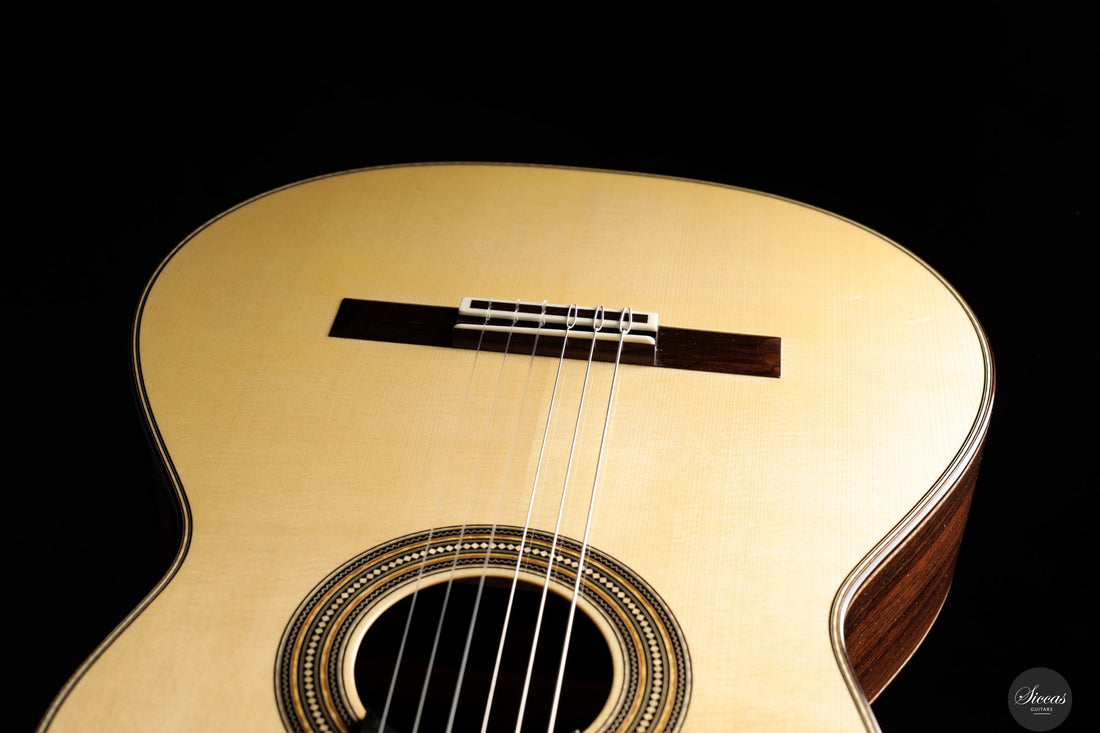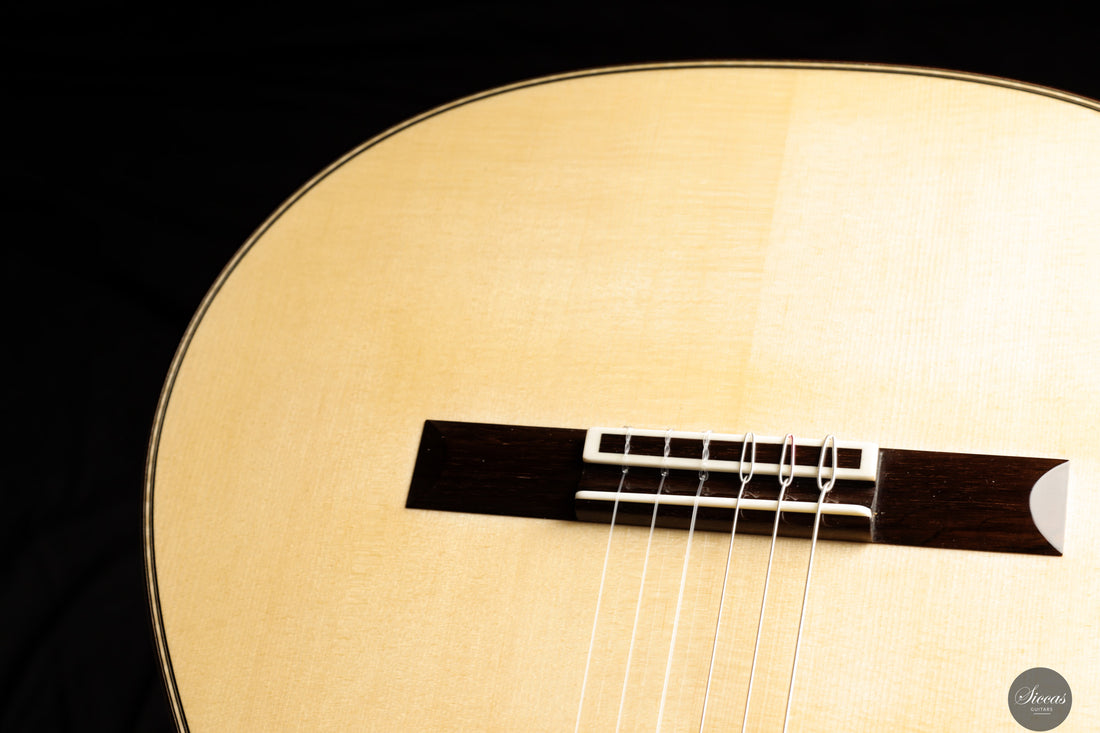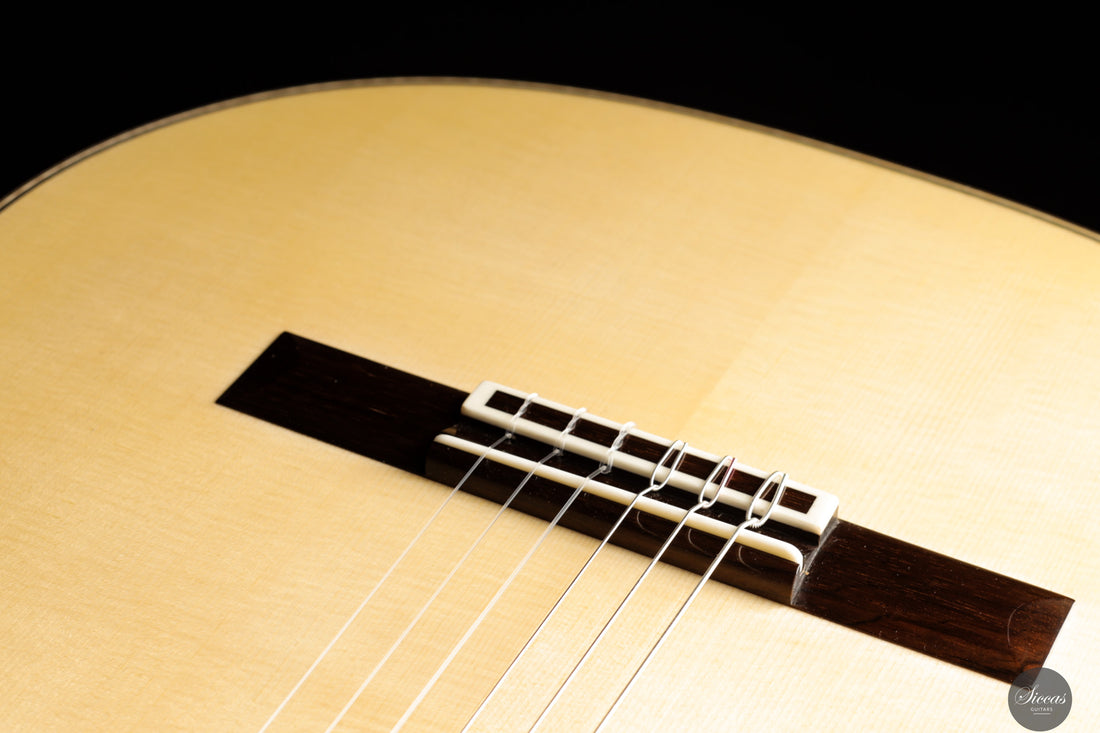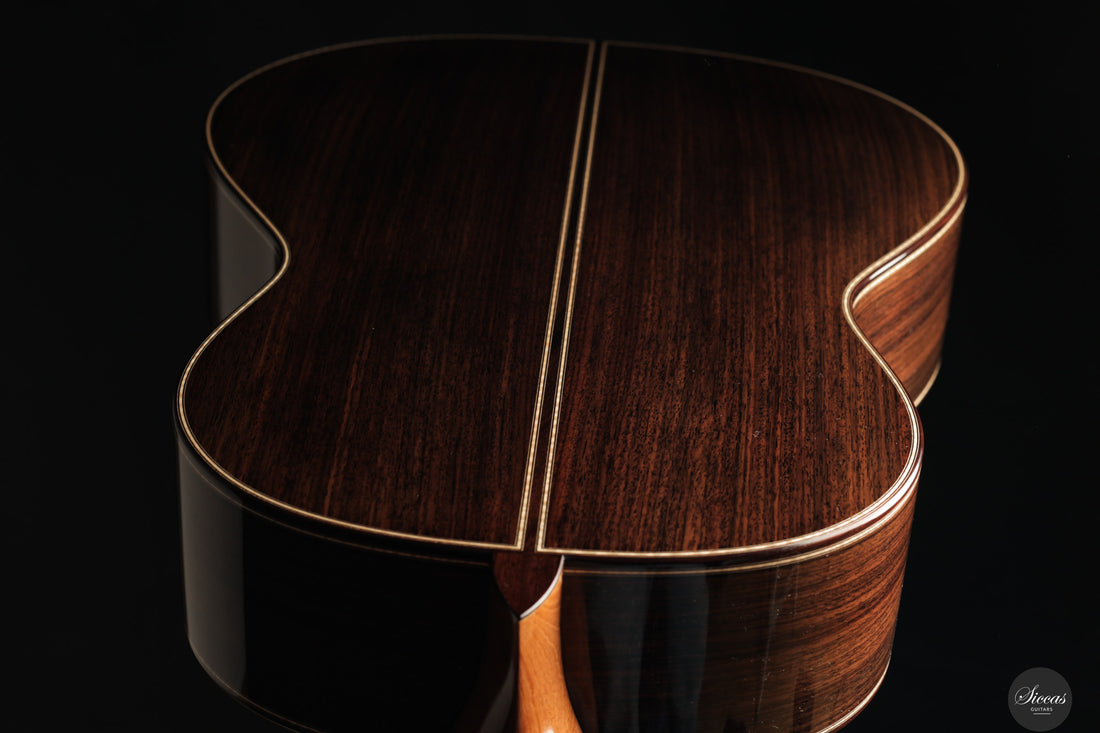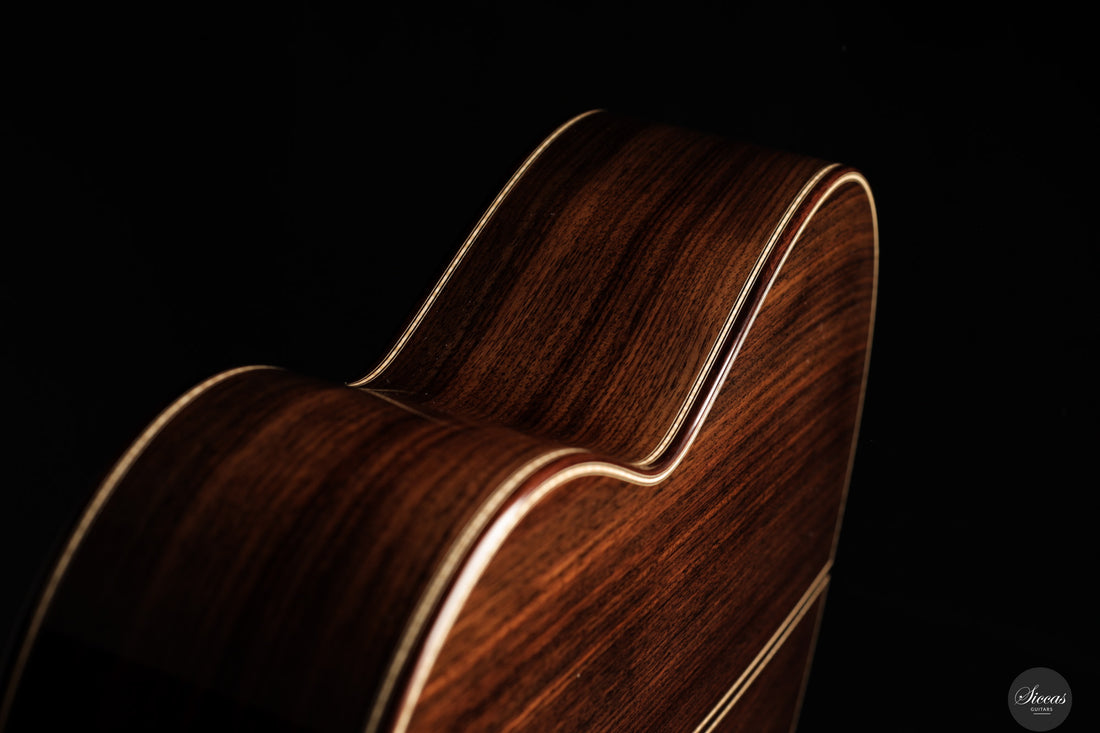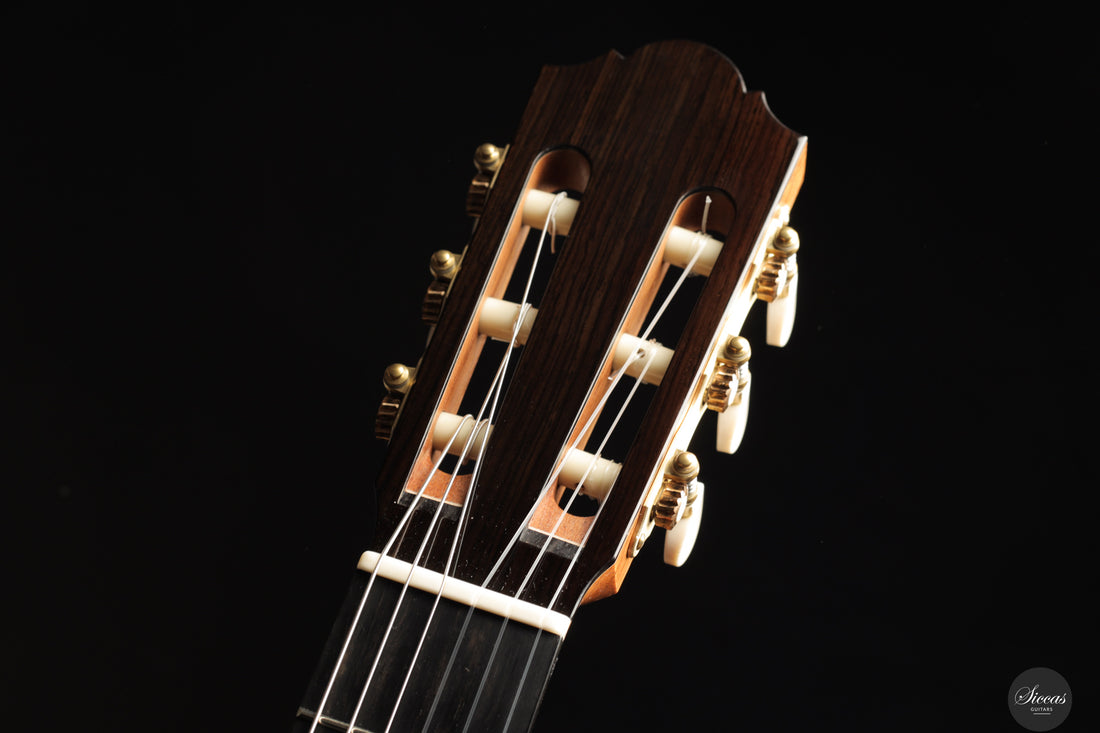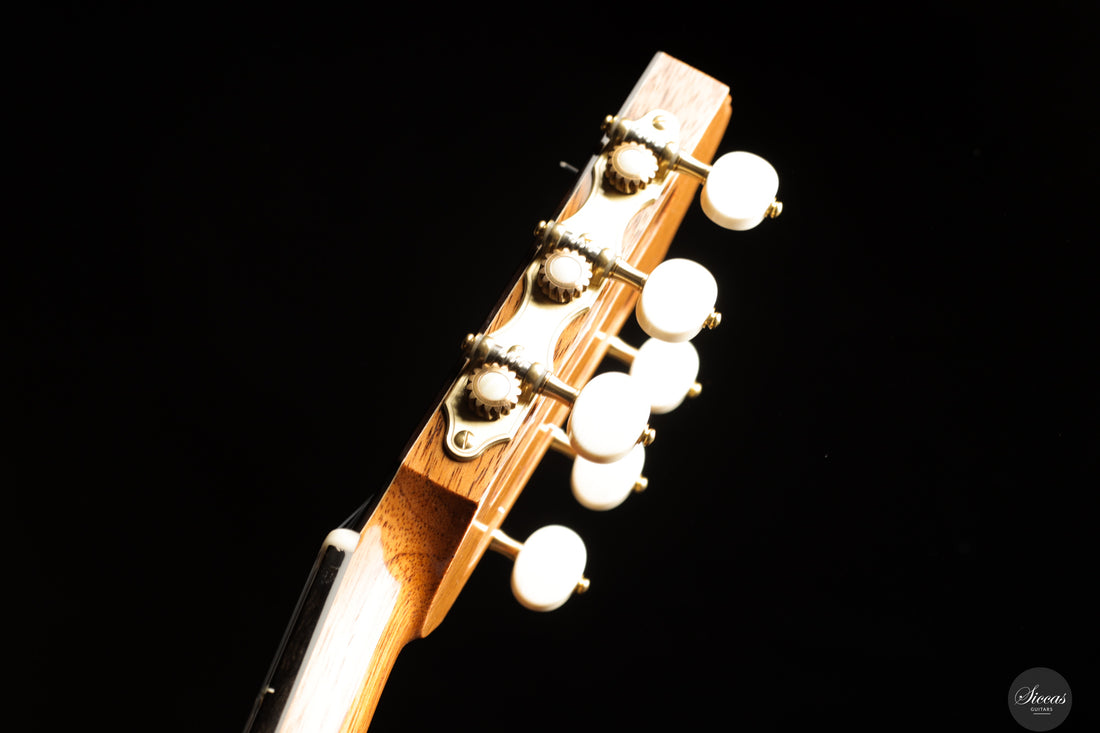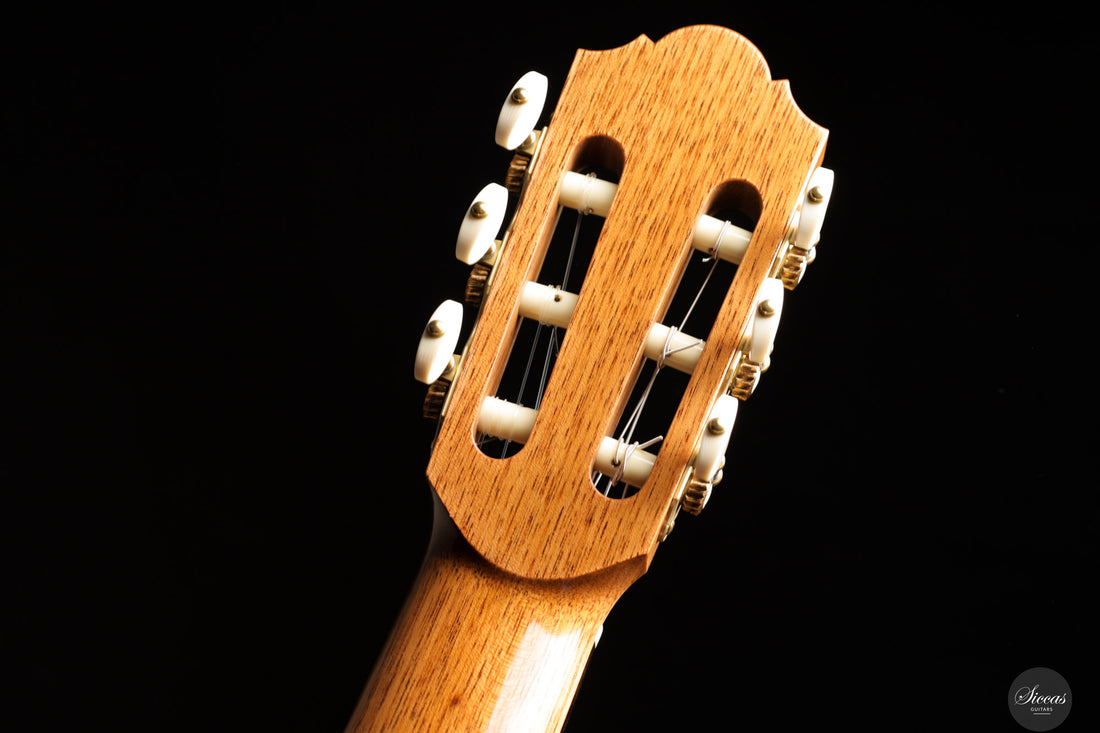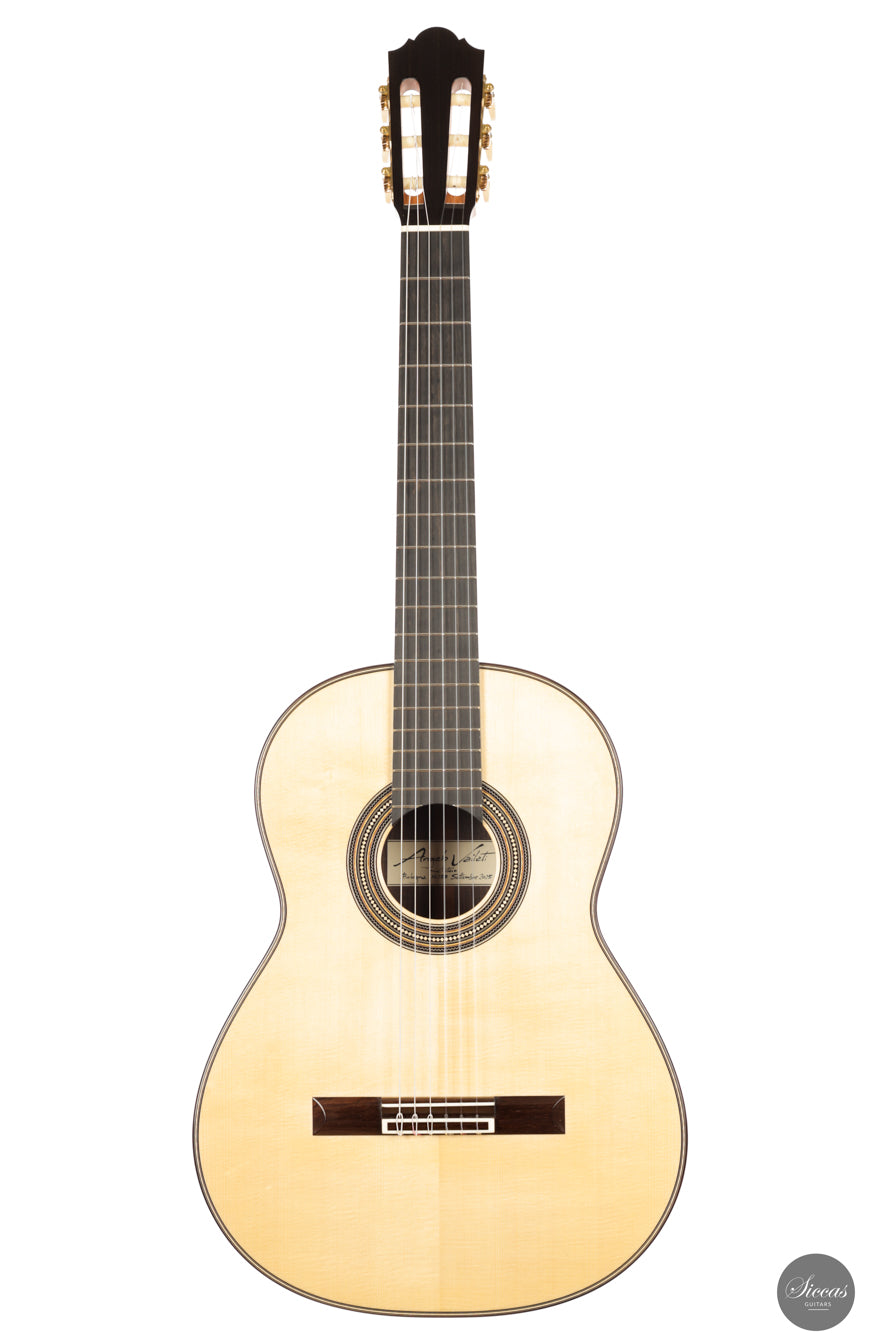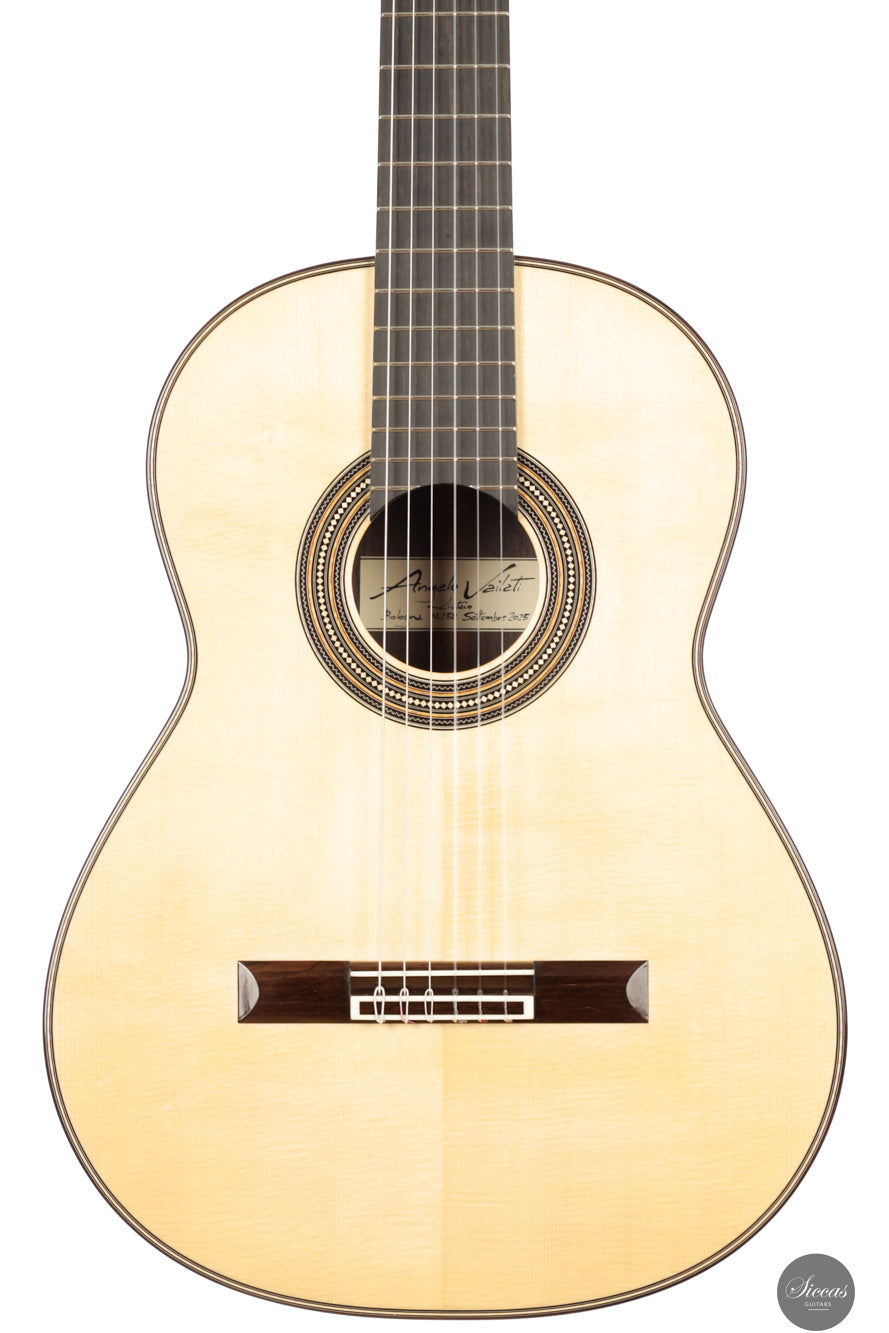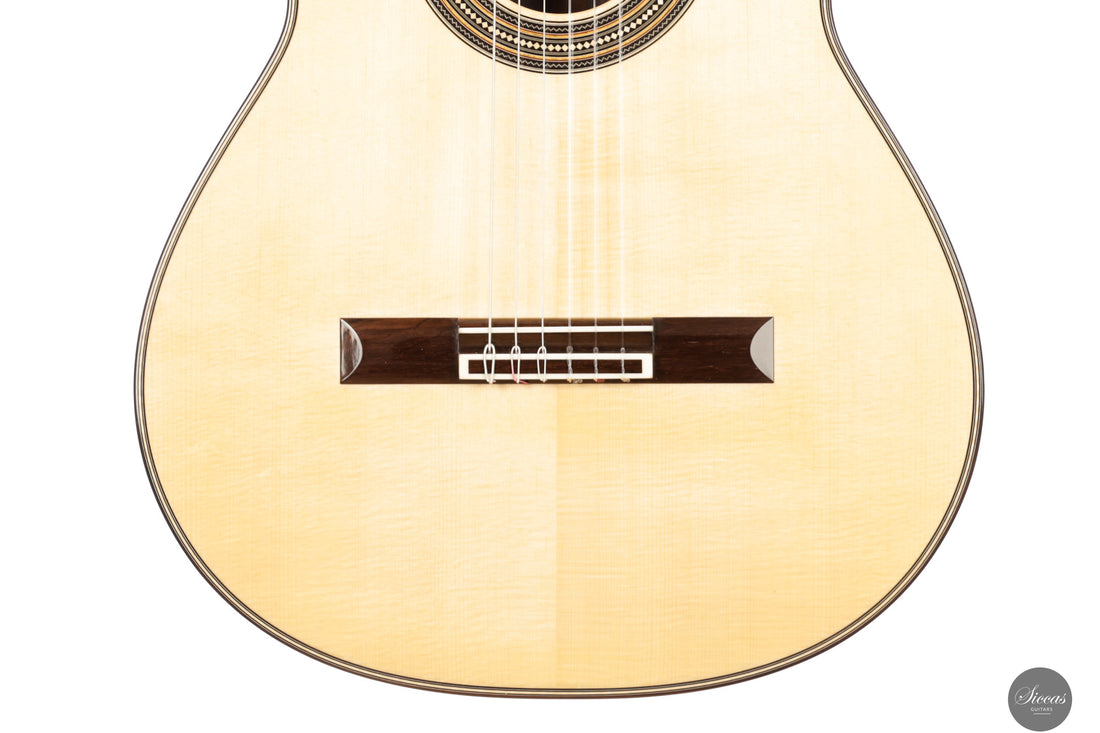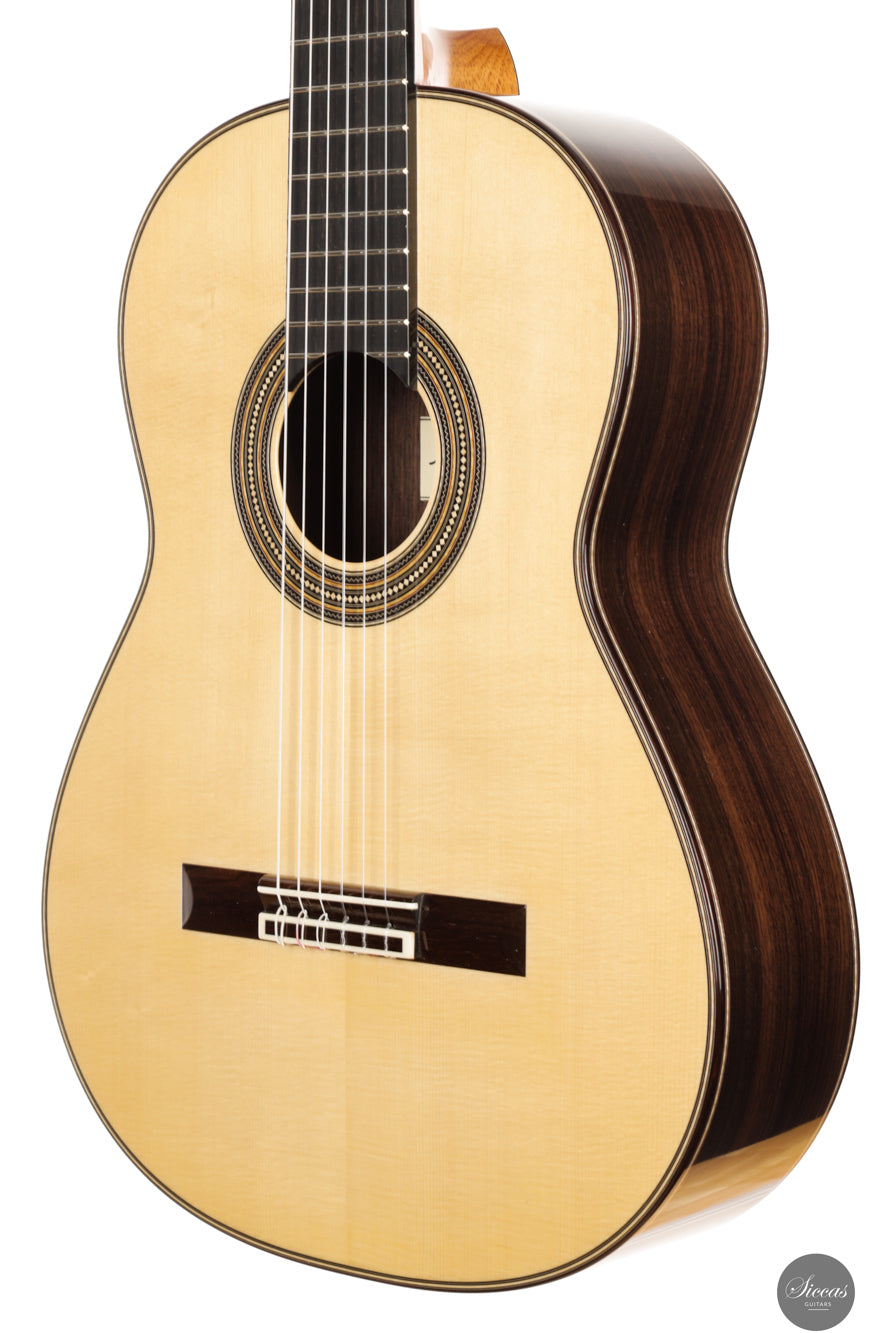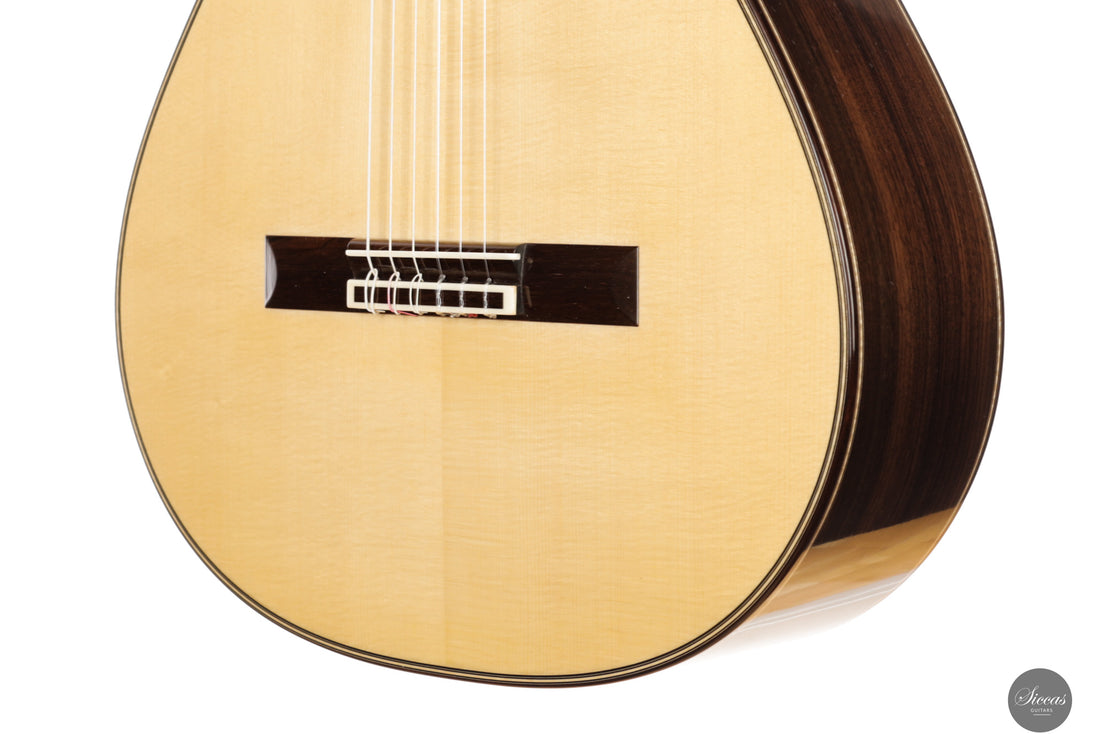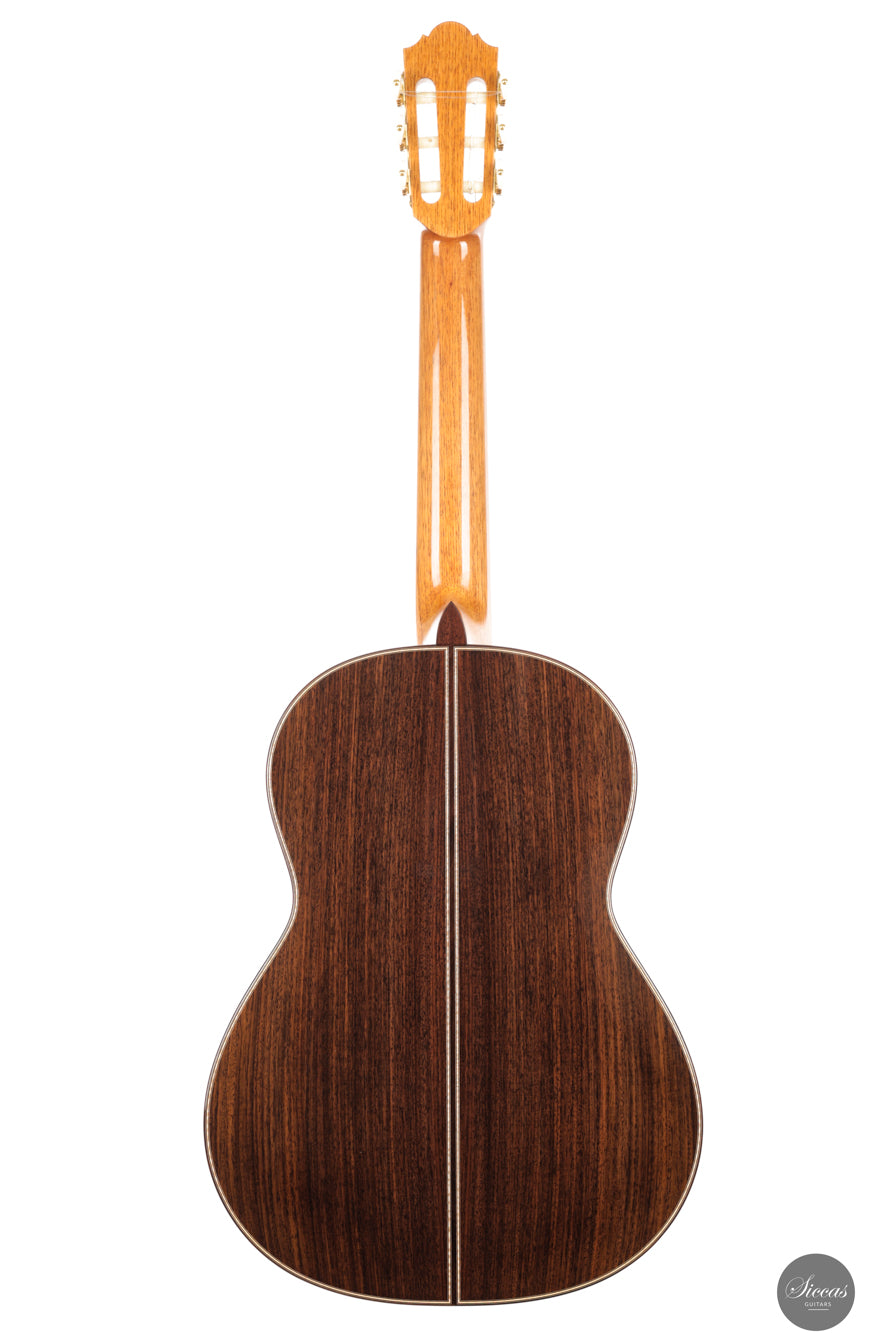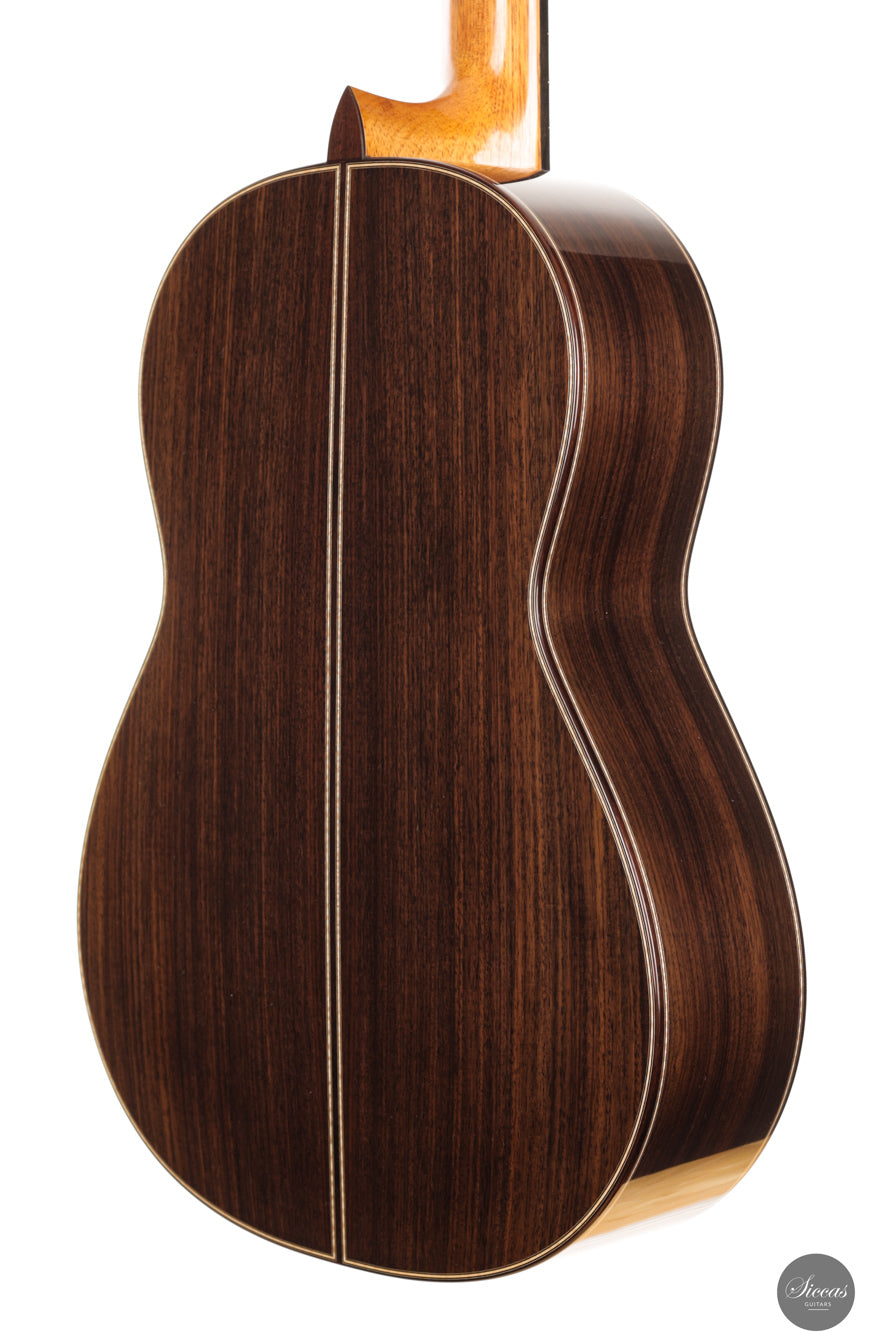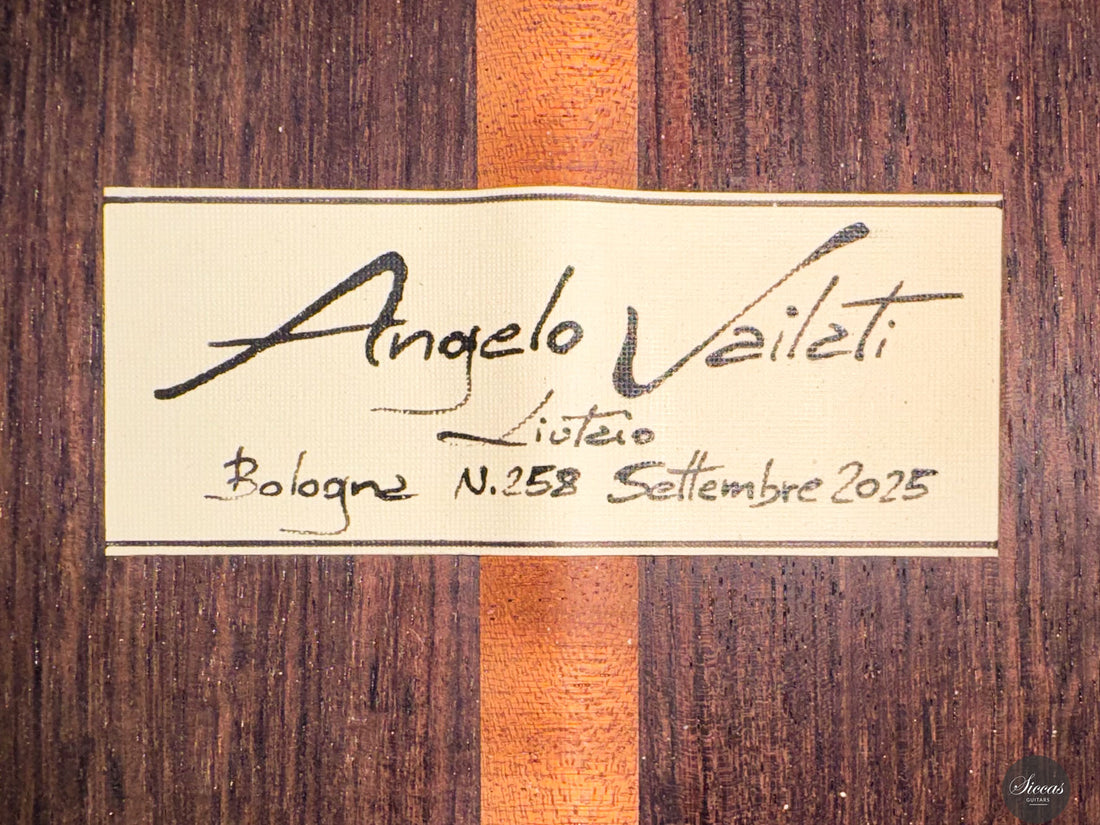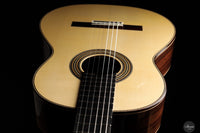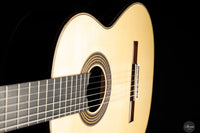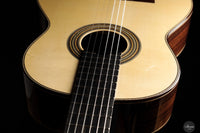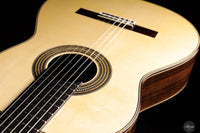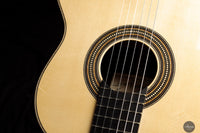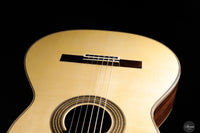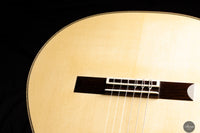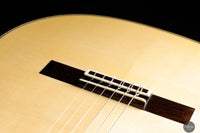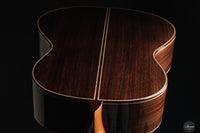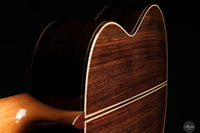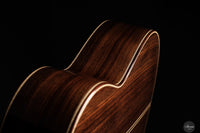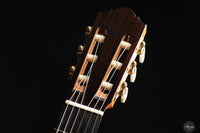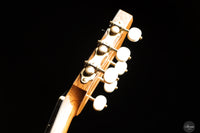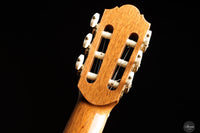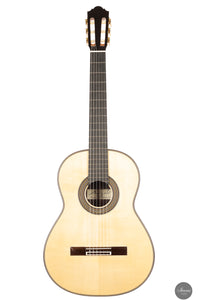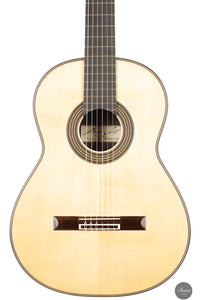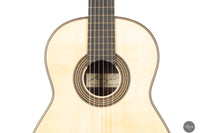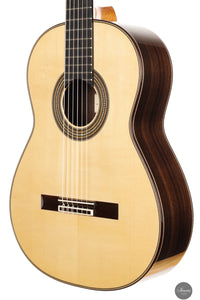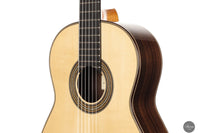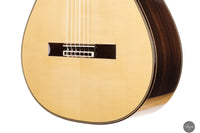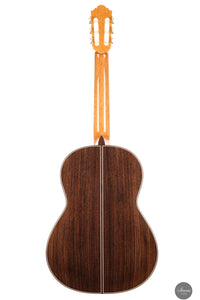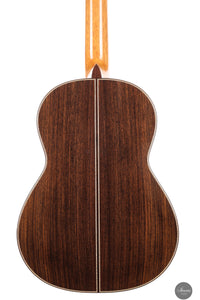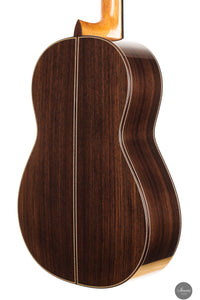Angelo Vailati - 2025 - No. 258
Angelo Vailati - 2025 - No. 258
Details
Details
Overview
Overview
Shipping important note
Shipping important note
Delivery times are typically reliable and most instruments arrive within the estimated timeframe.
Should any unexpected delay occur, our team will keep you informed and provide support at every step. For all shipping details and exceptions, please see our Shipping Policy.
Details about GPSR
Details about GPSR
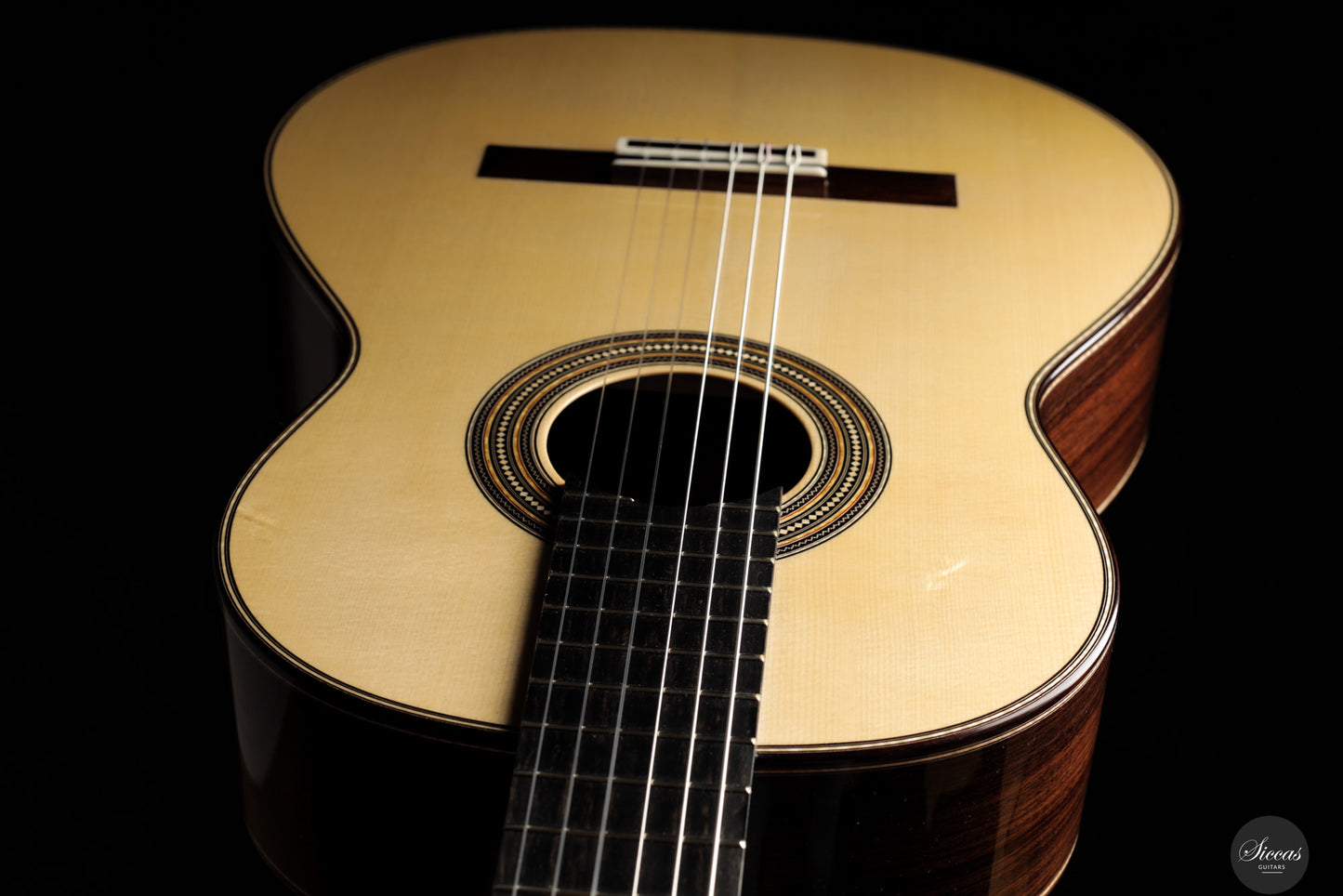
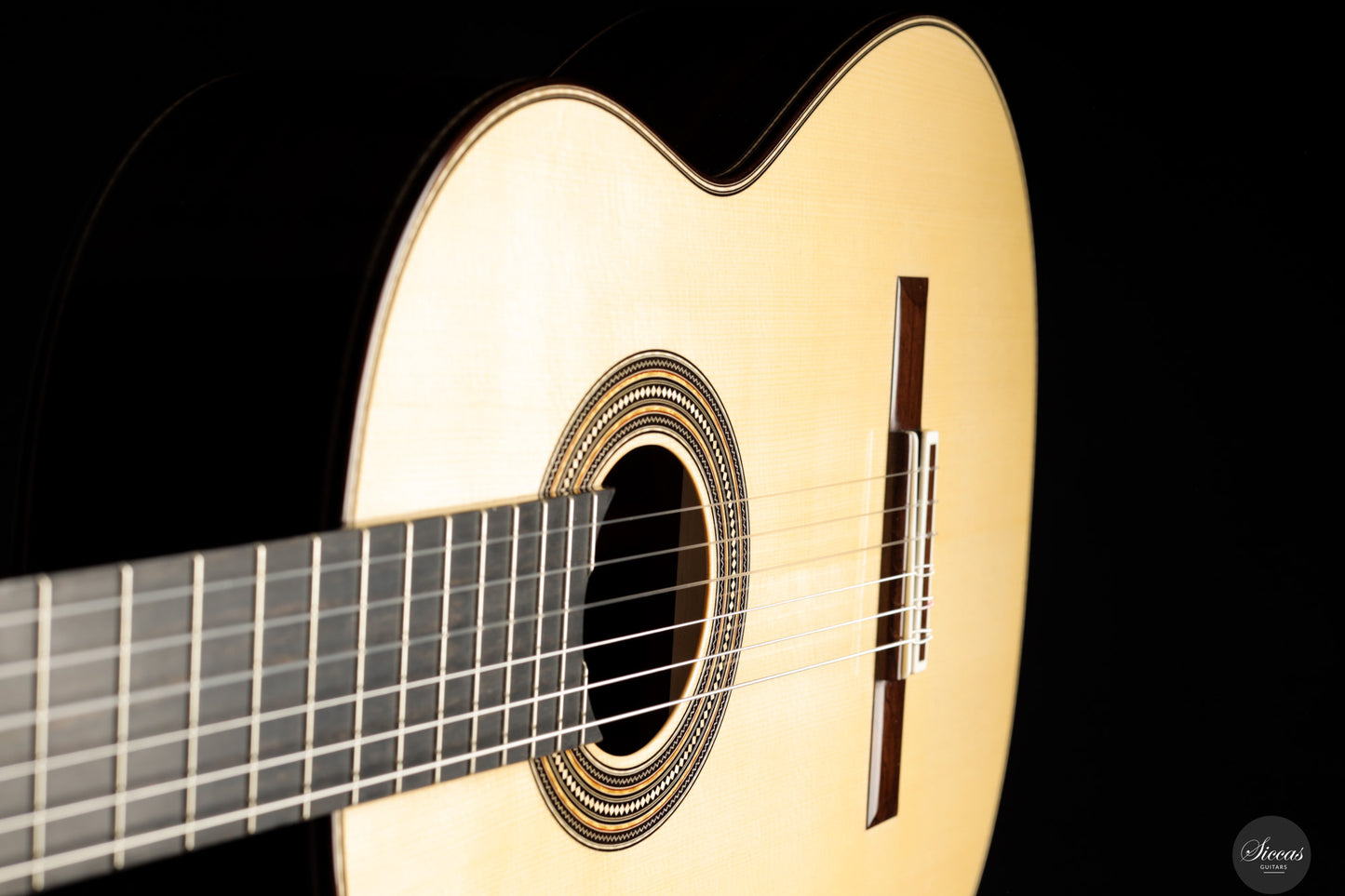
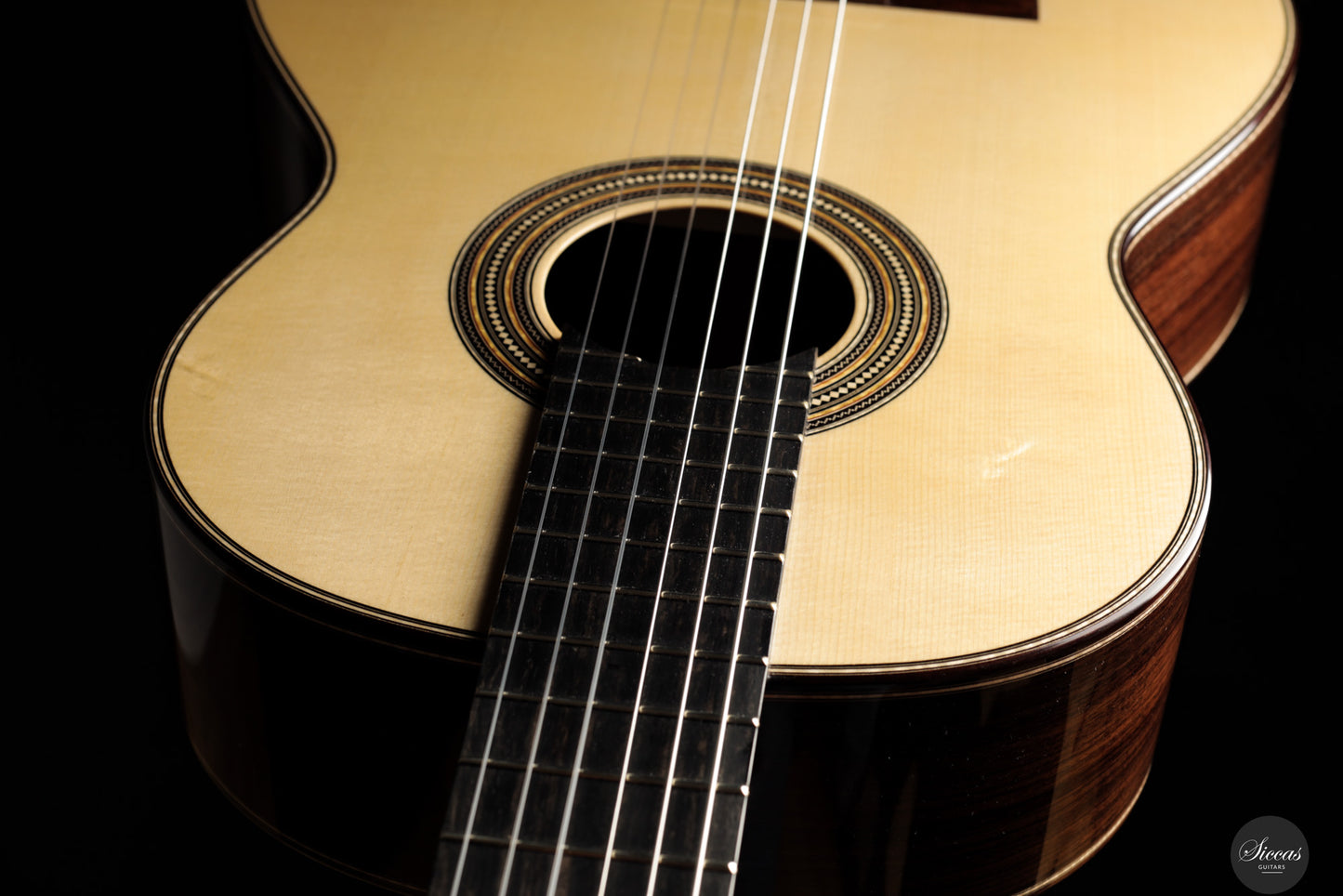
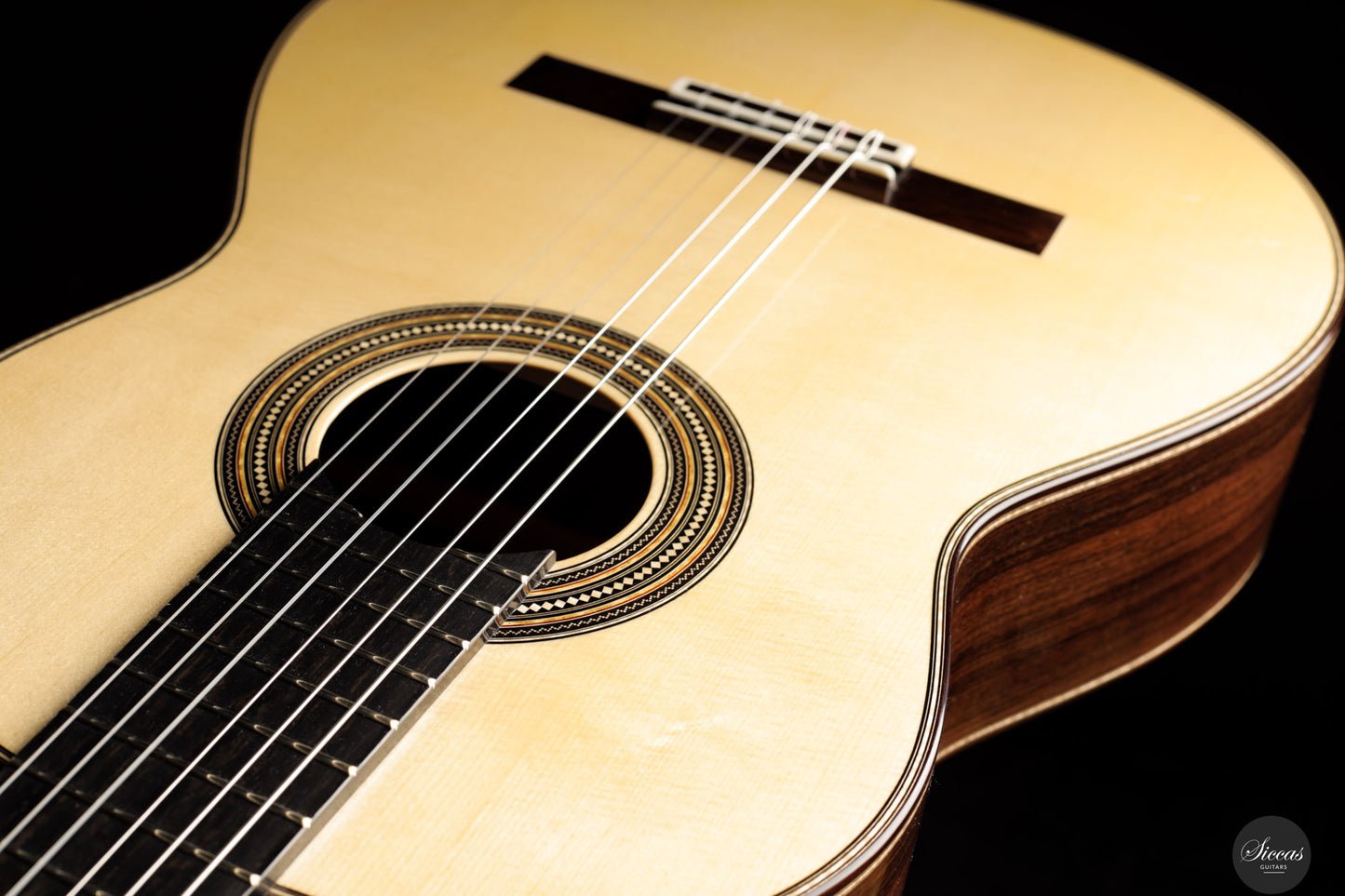
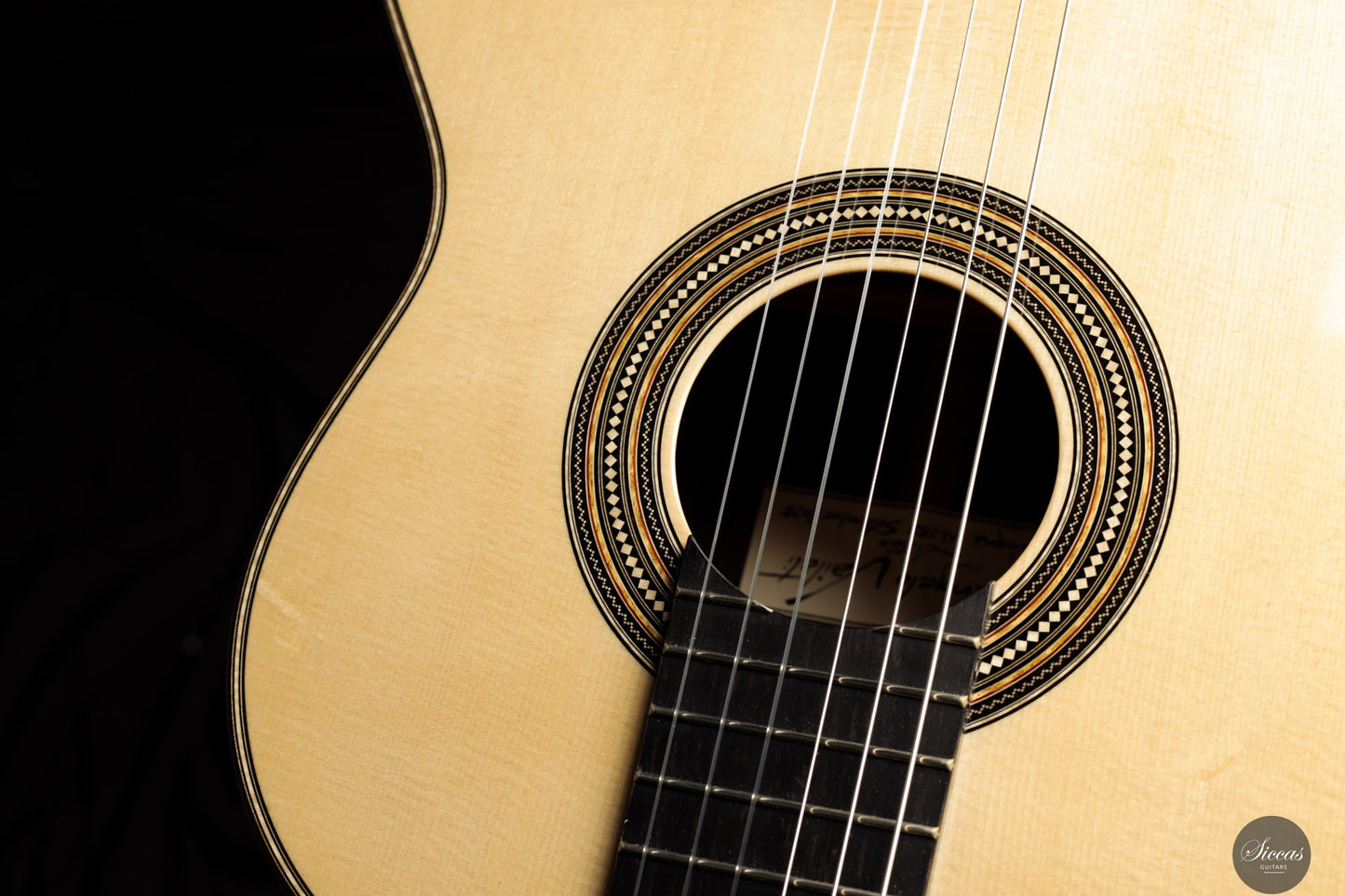
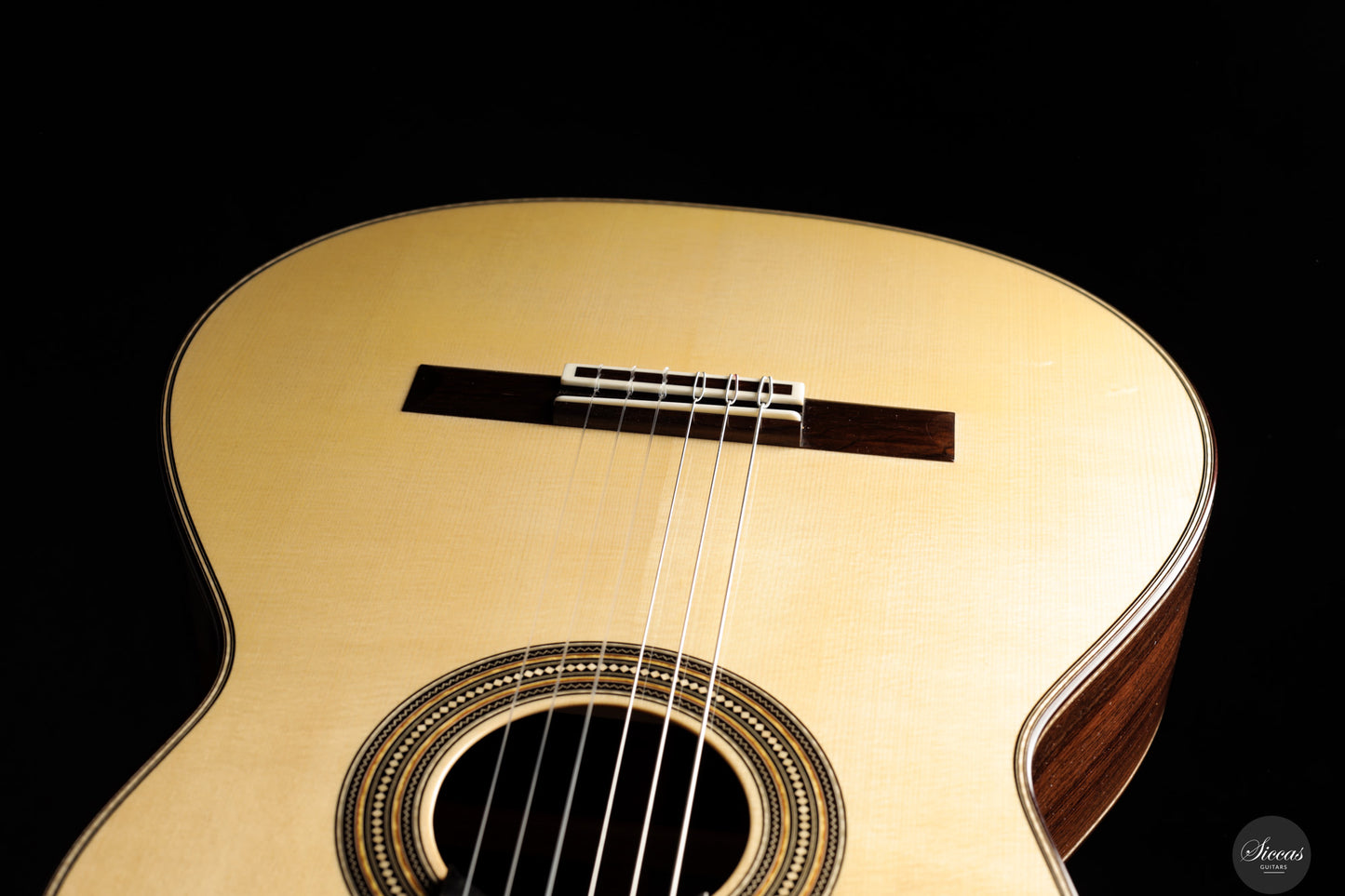

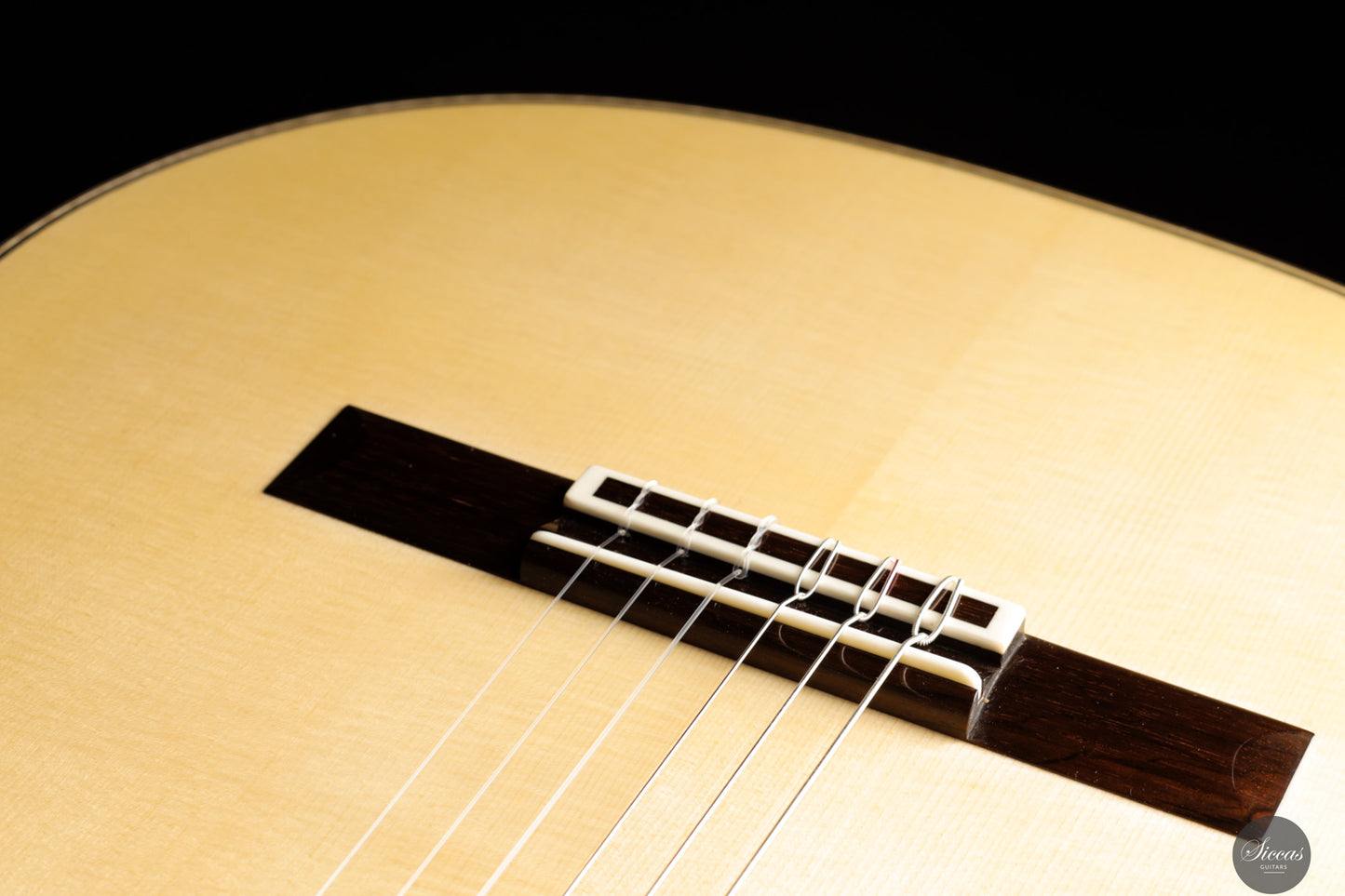
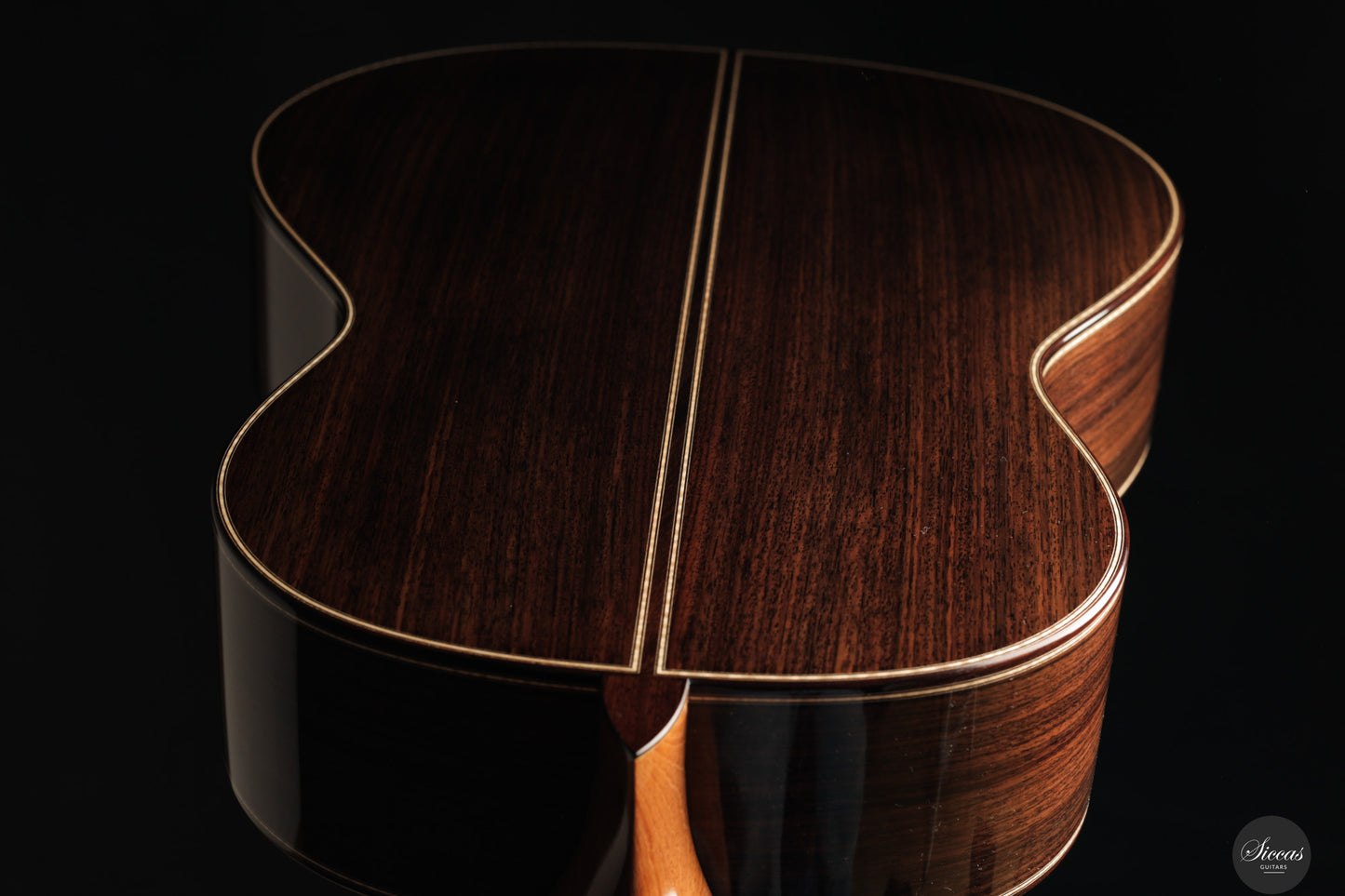
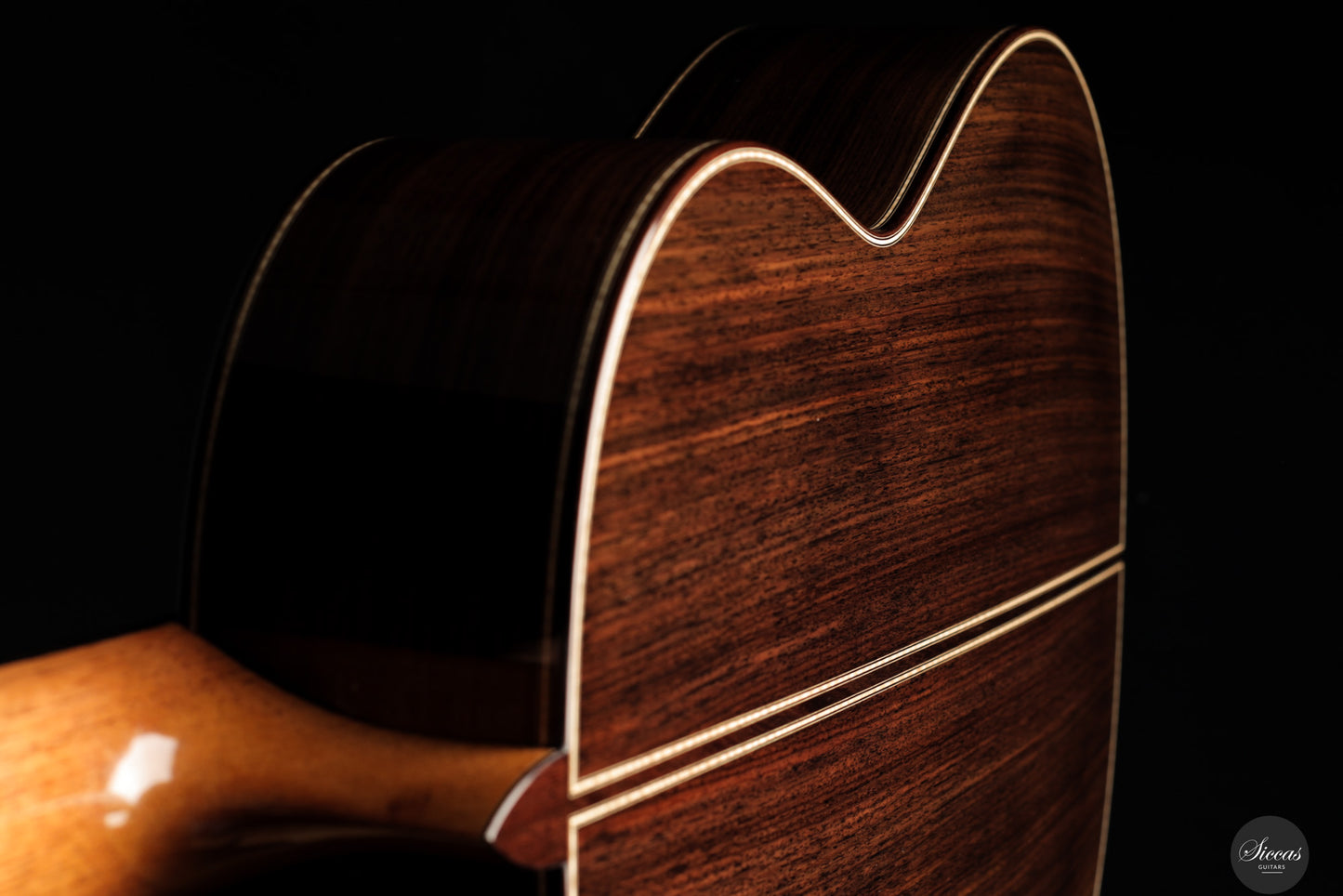
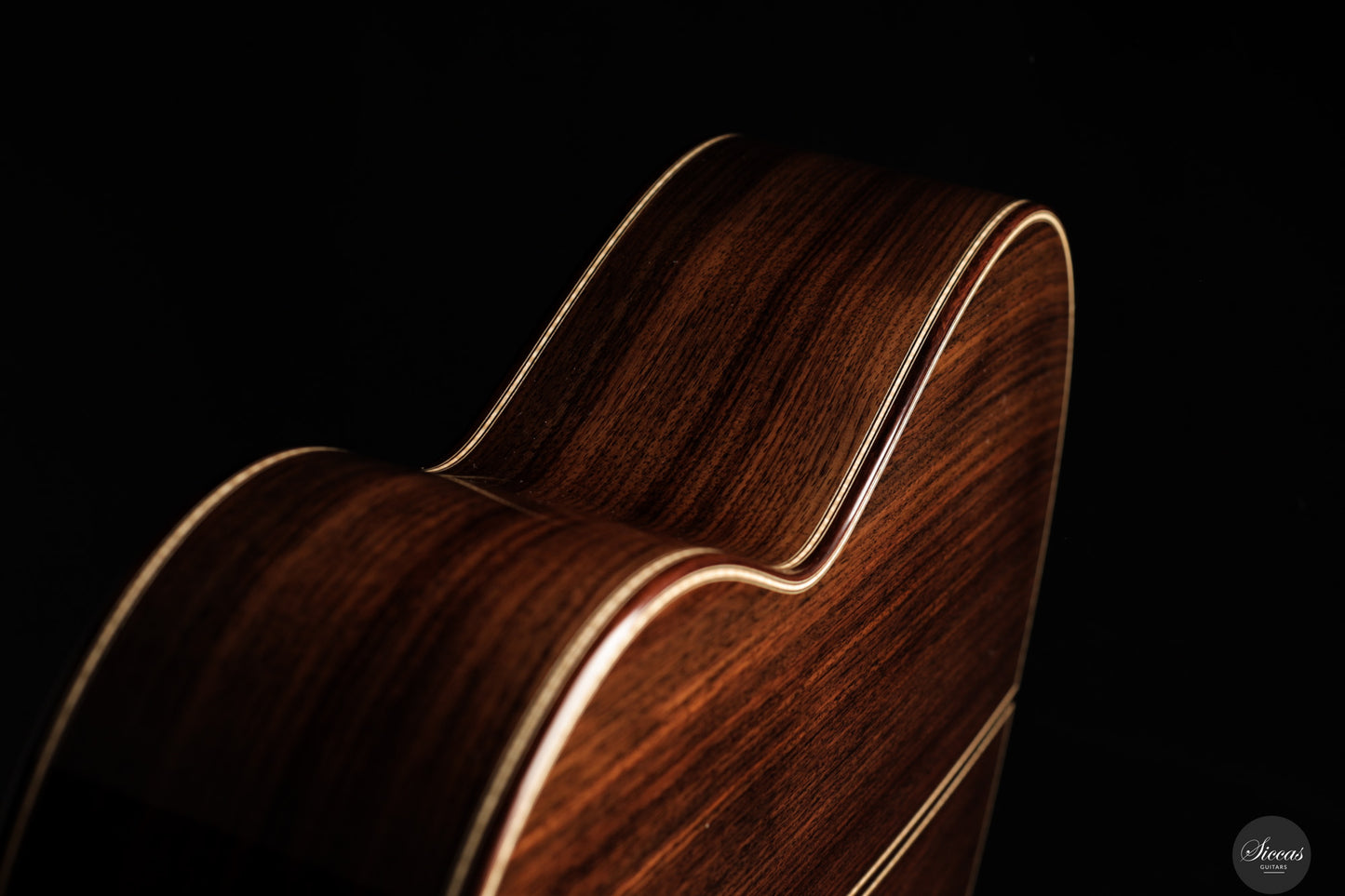
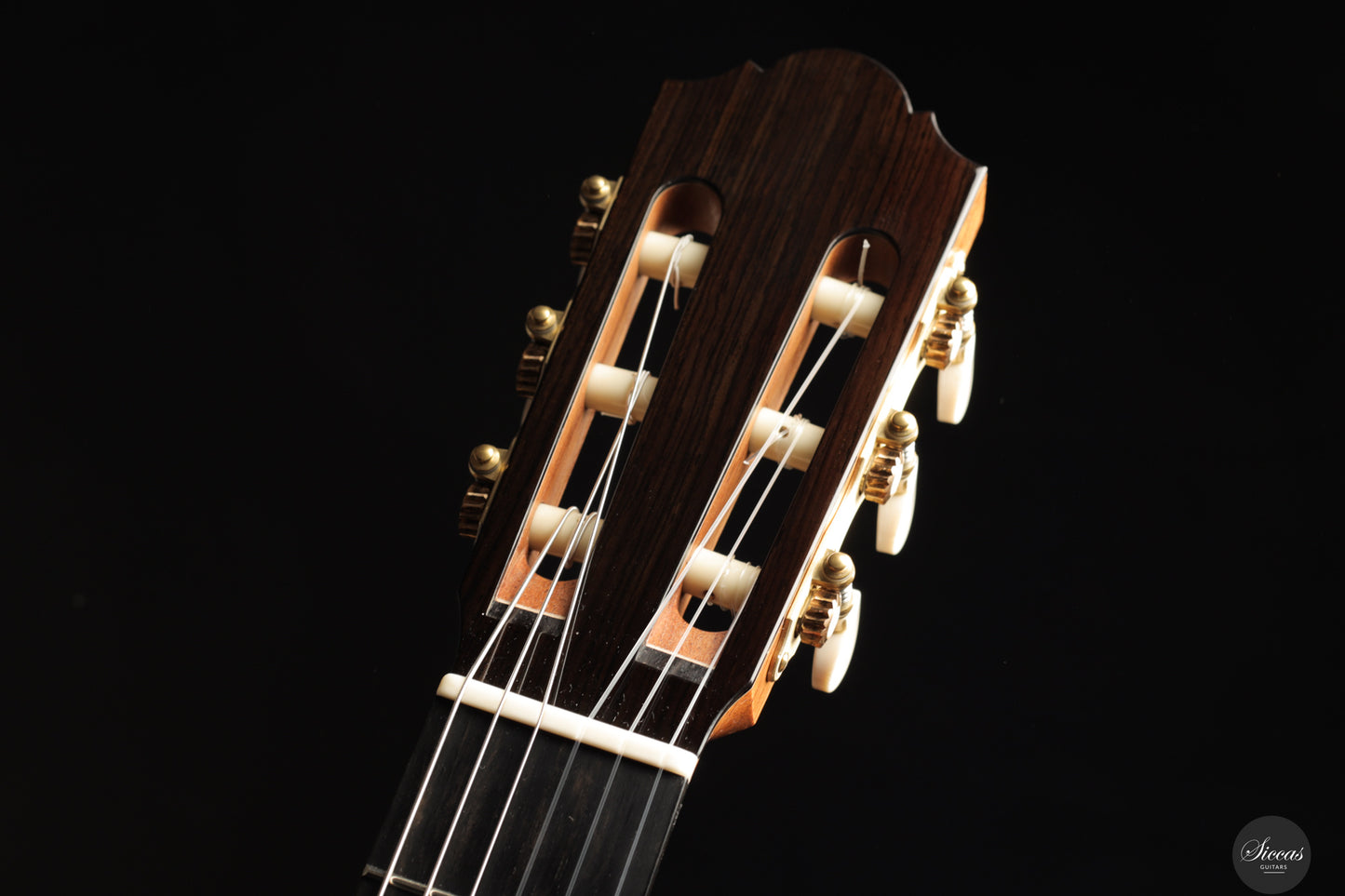
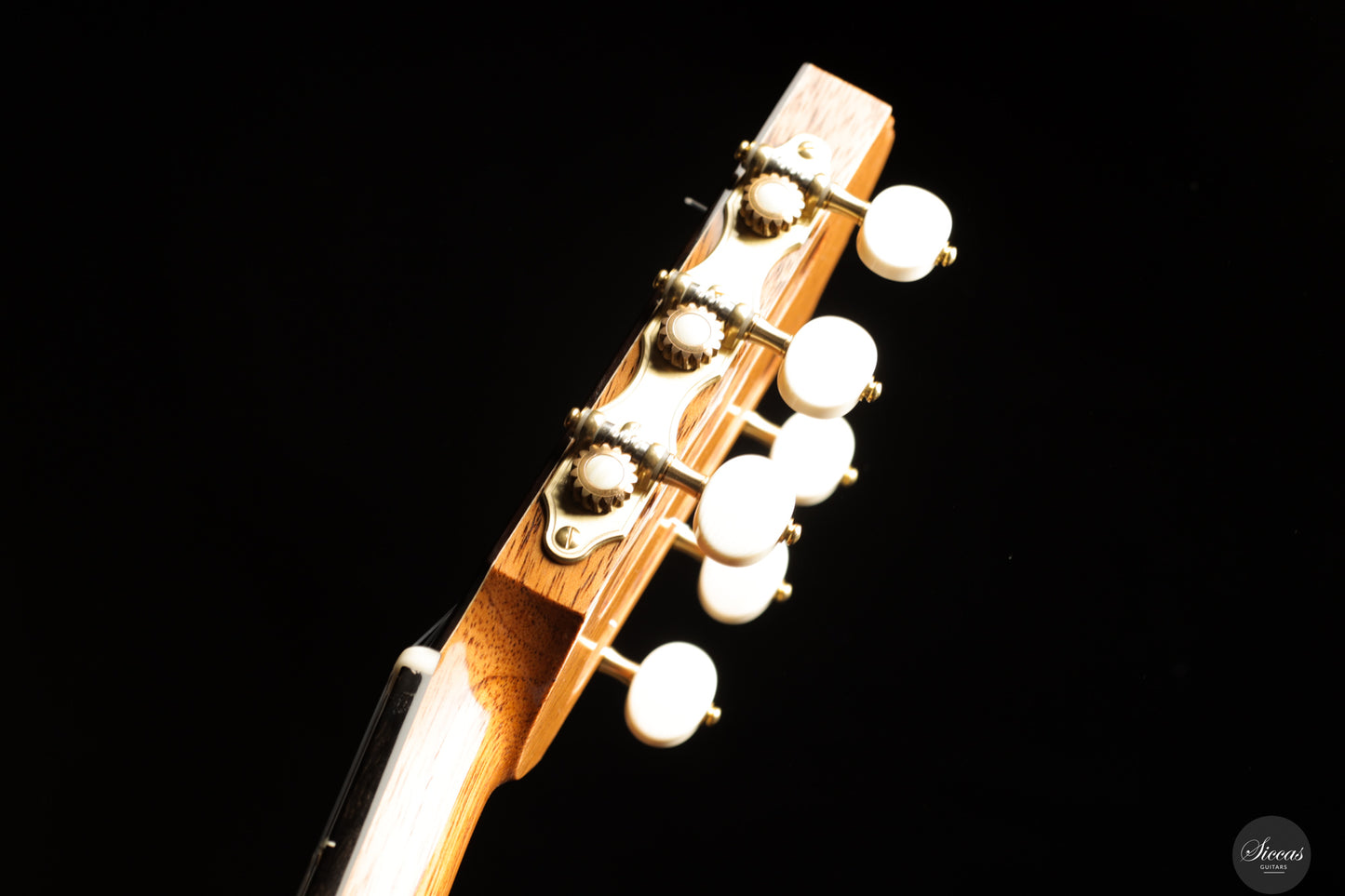
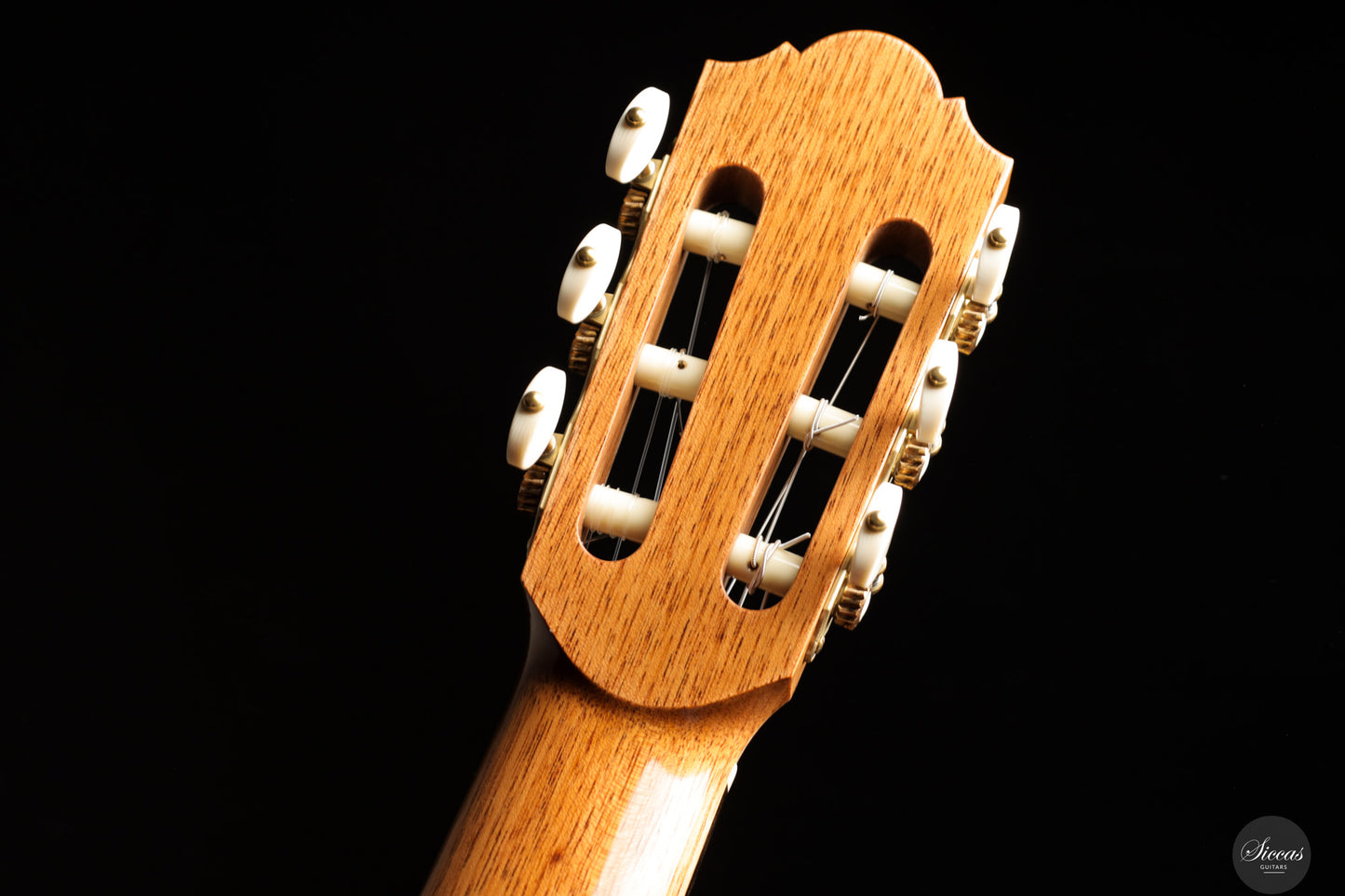

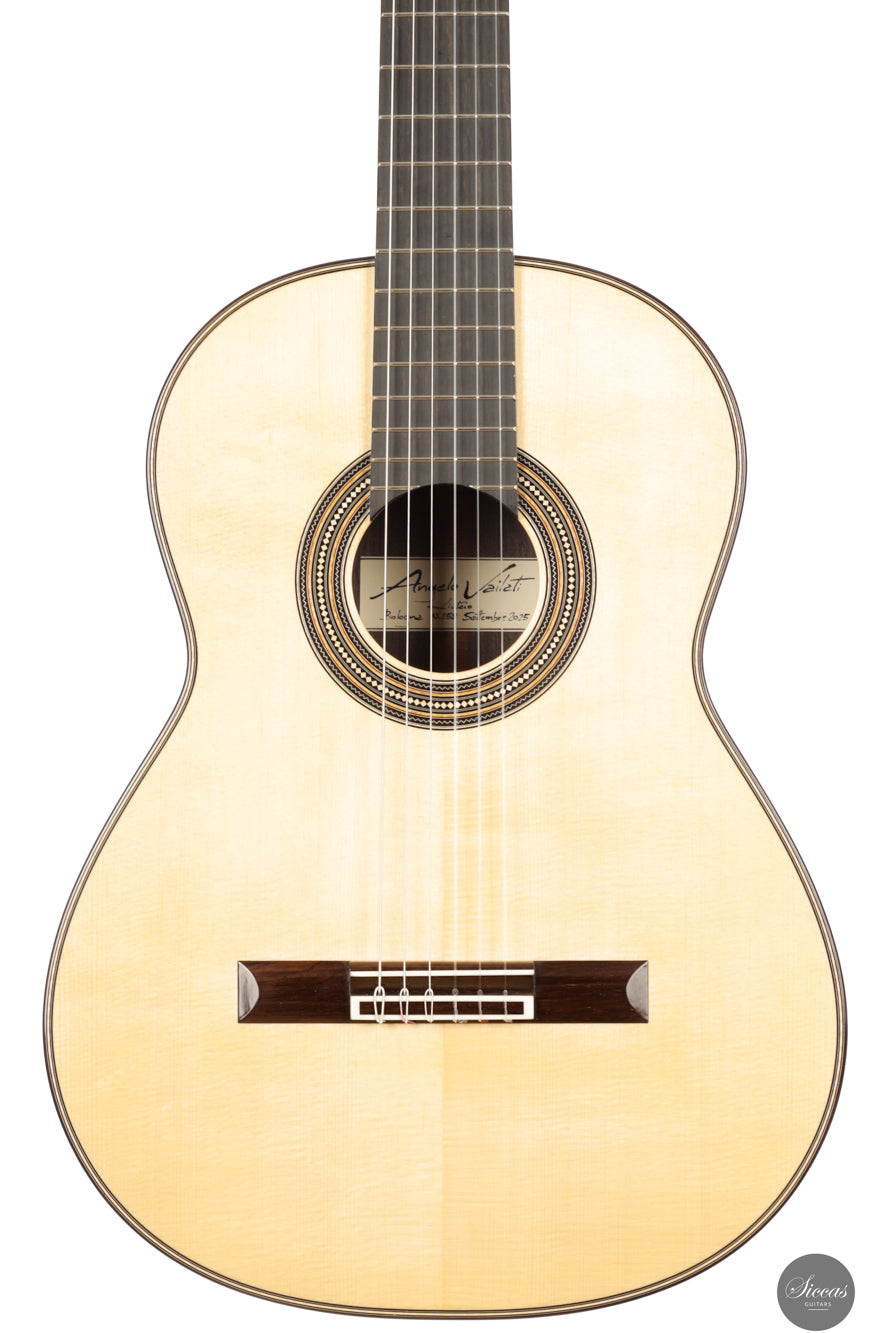
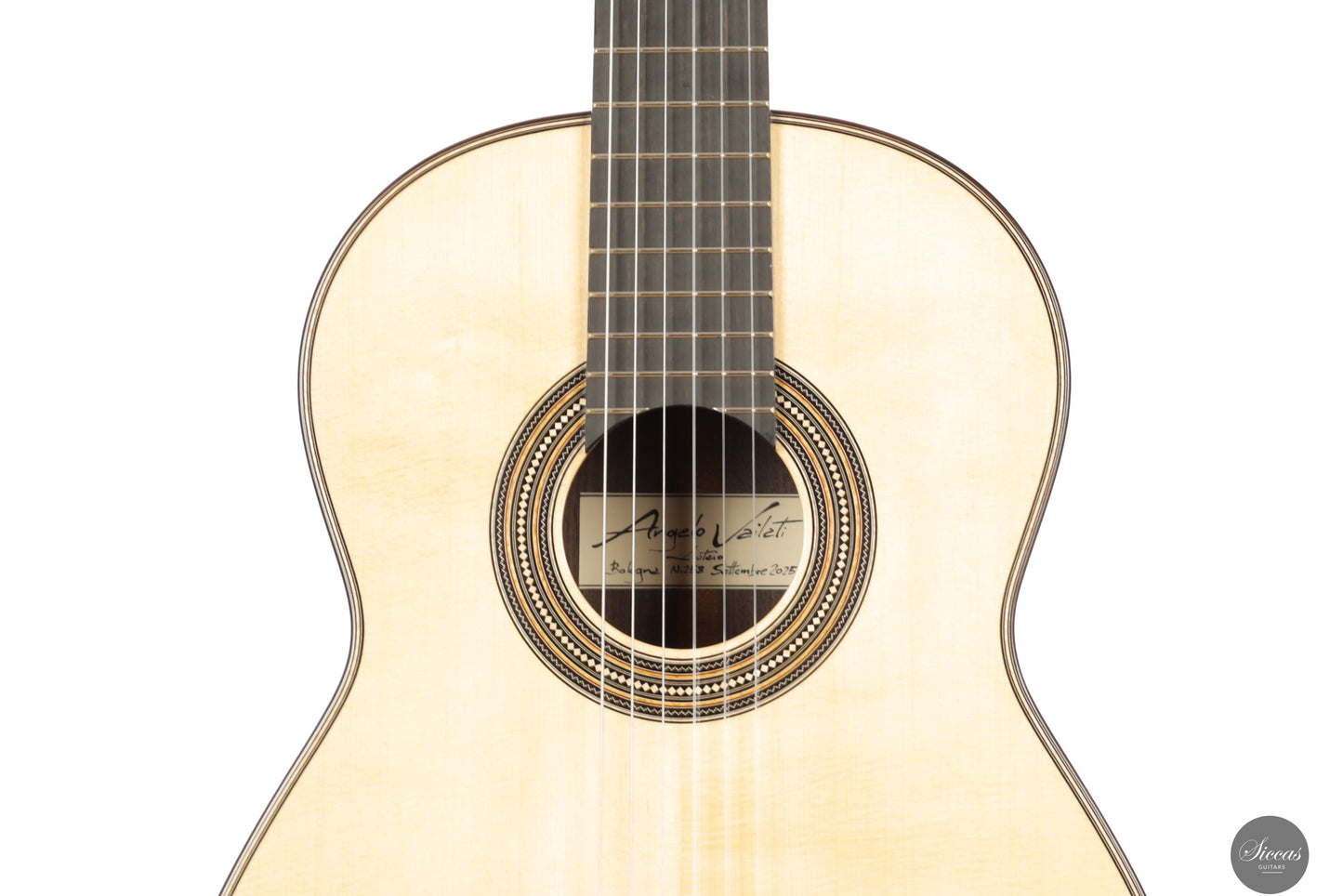
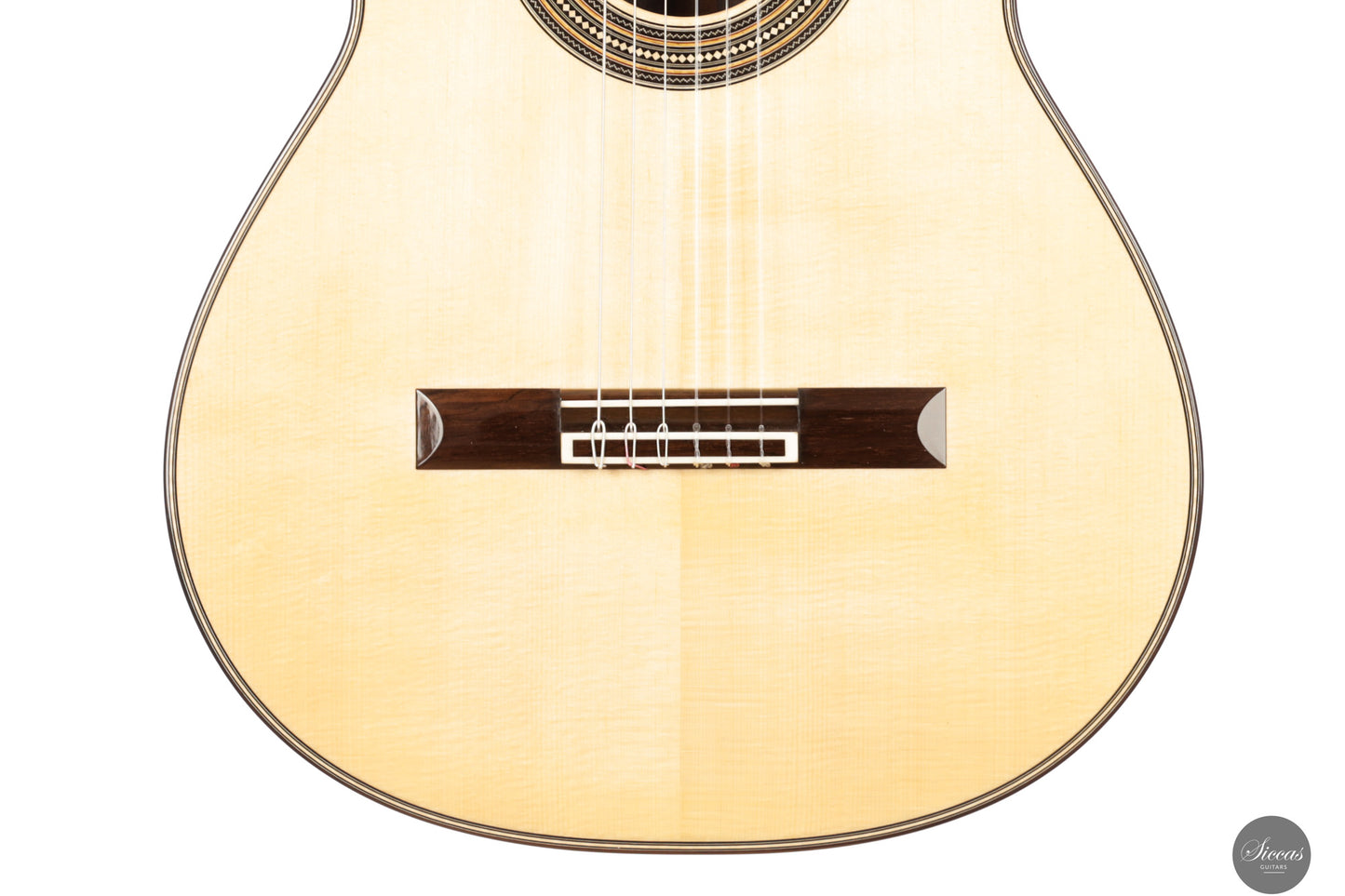
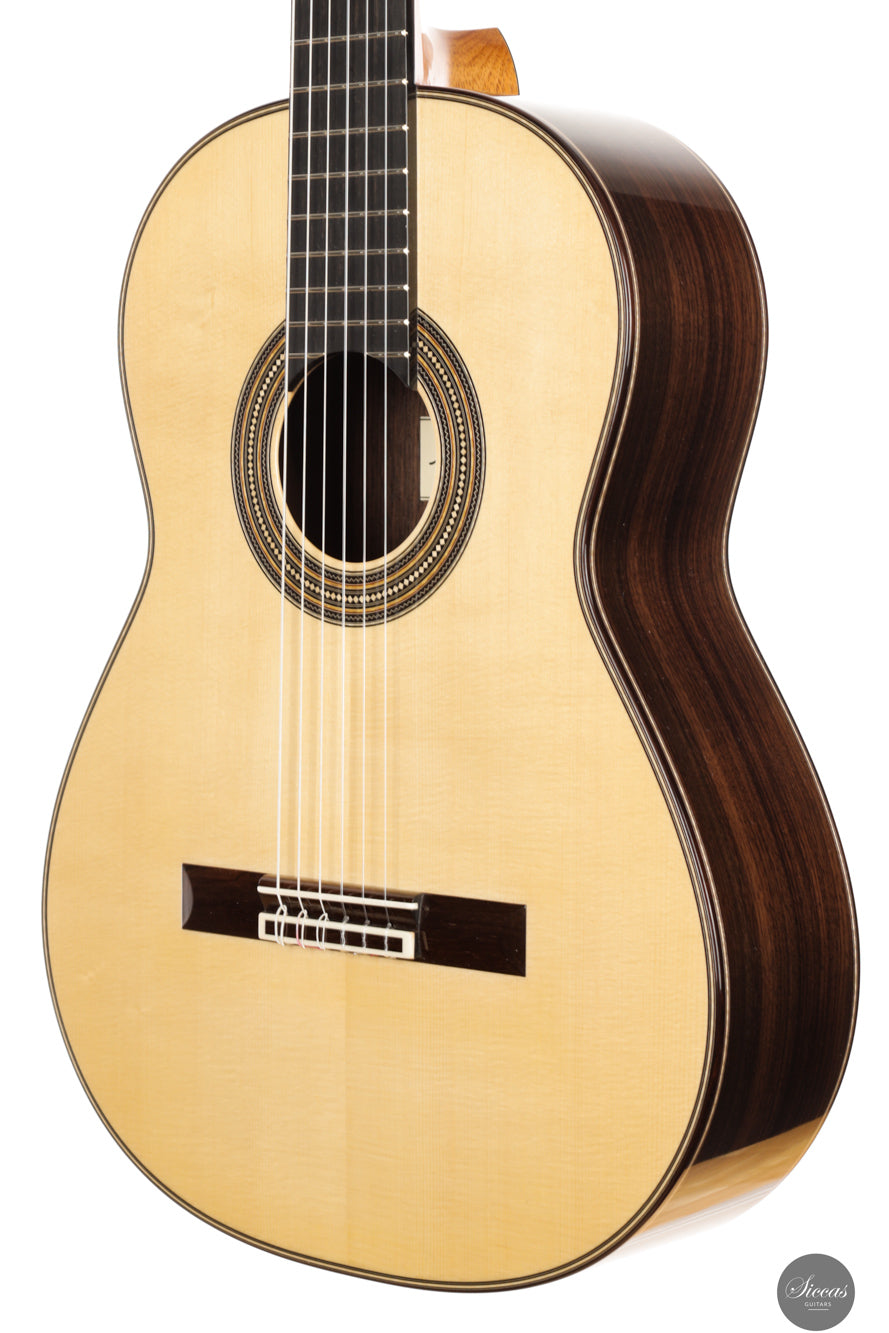


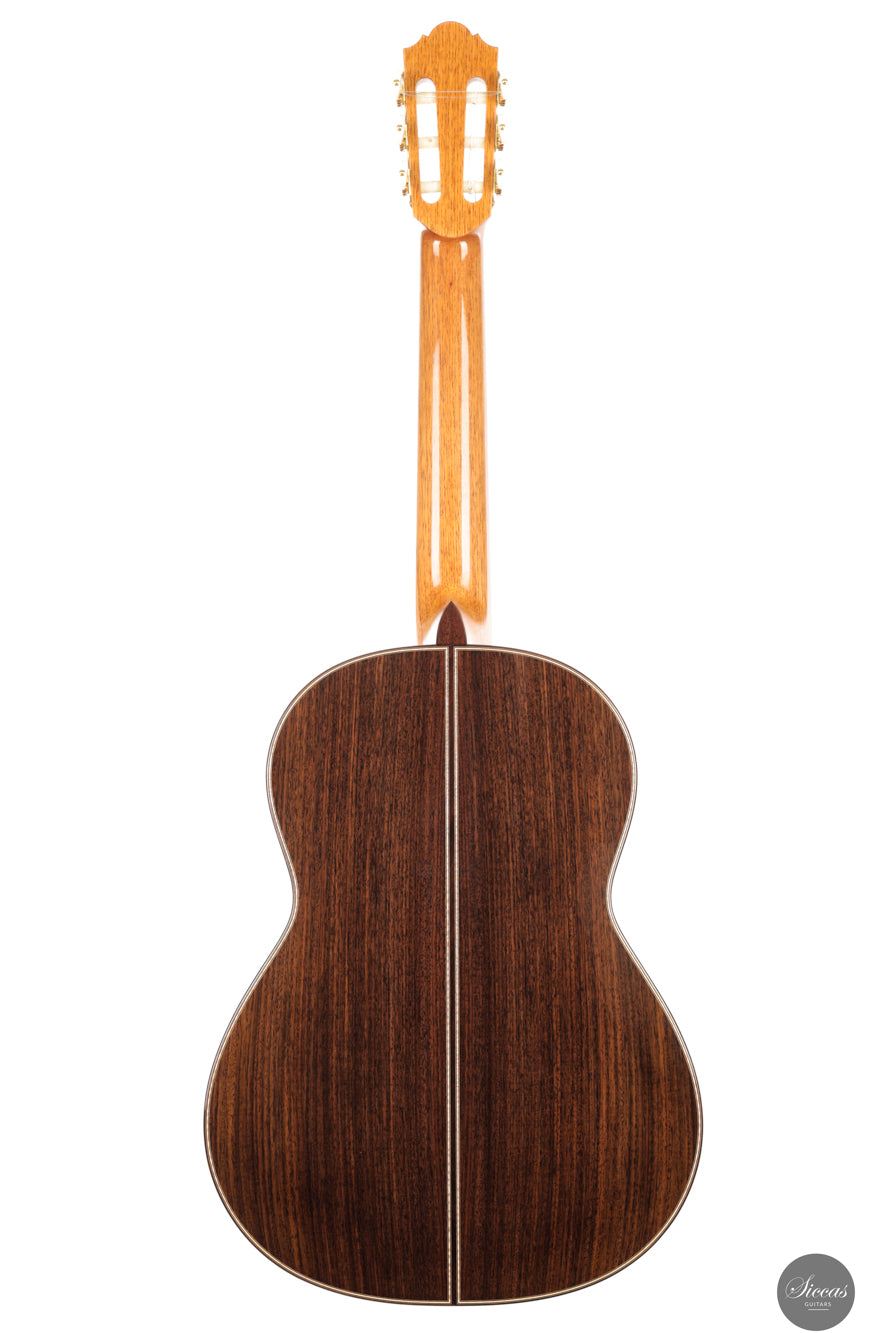

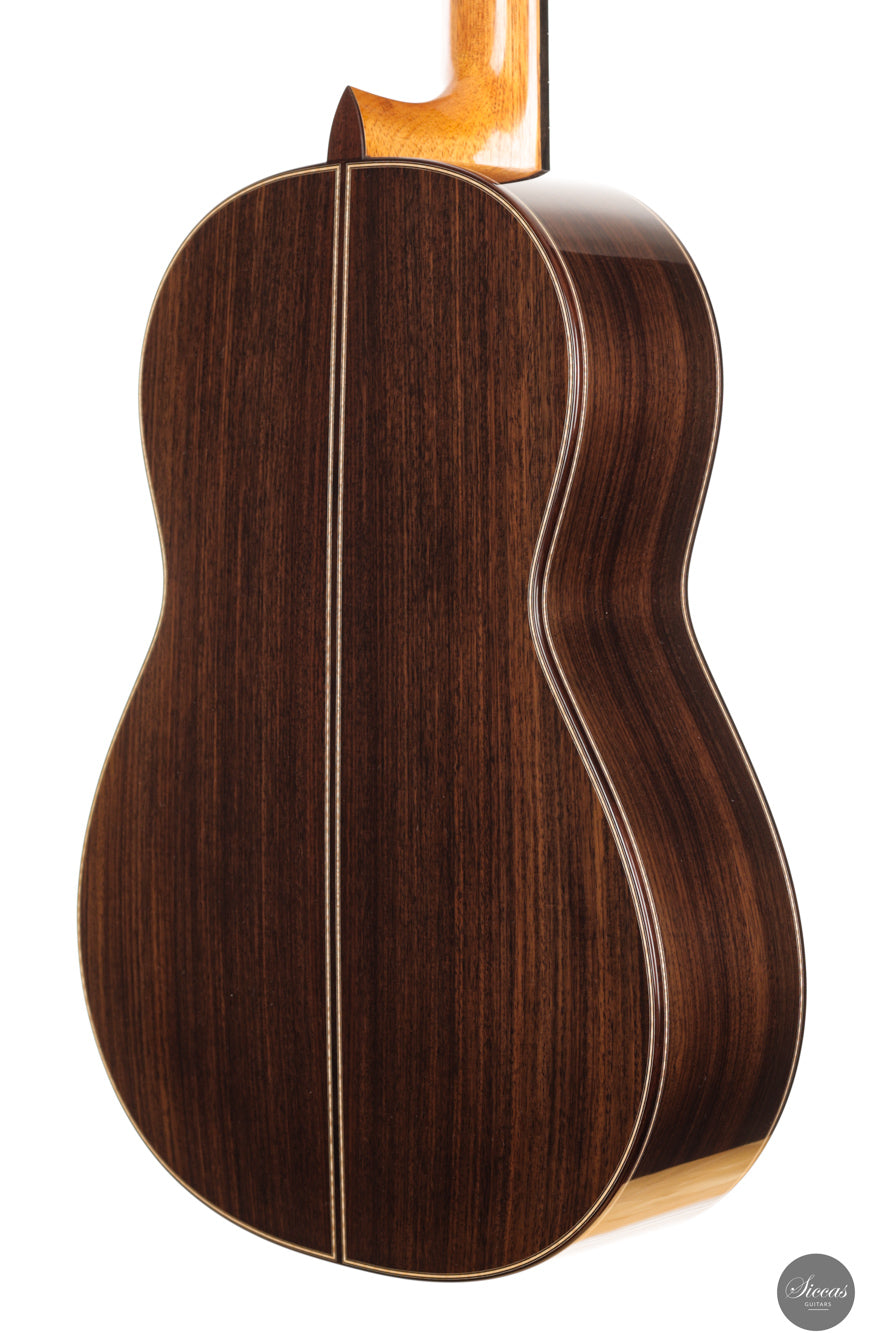
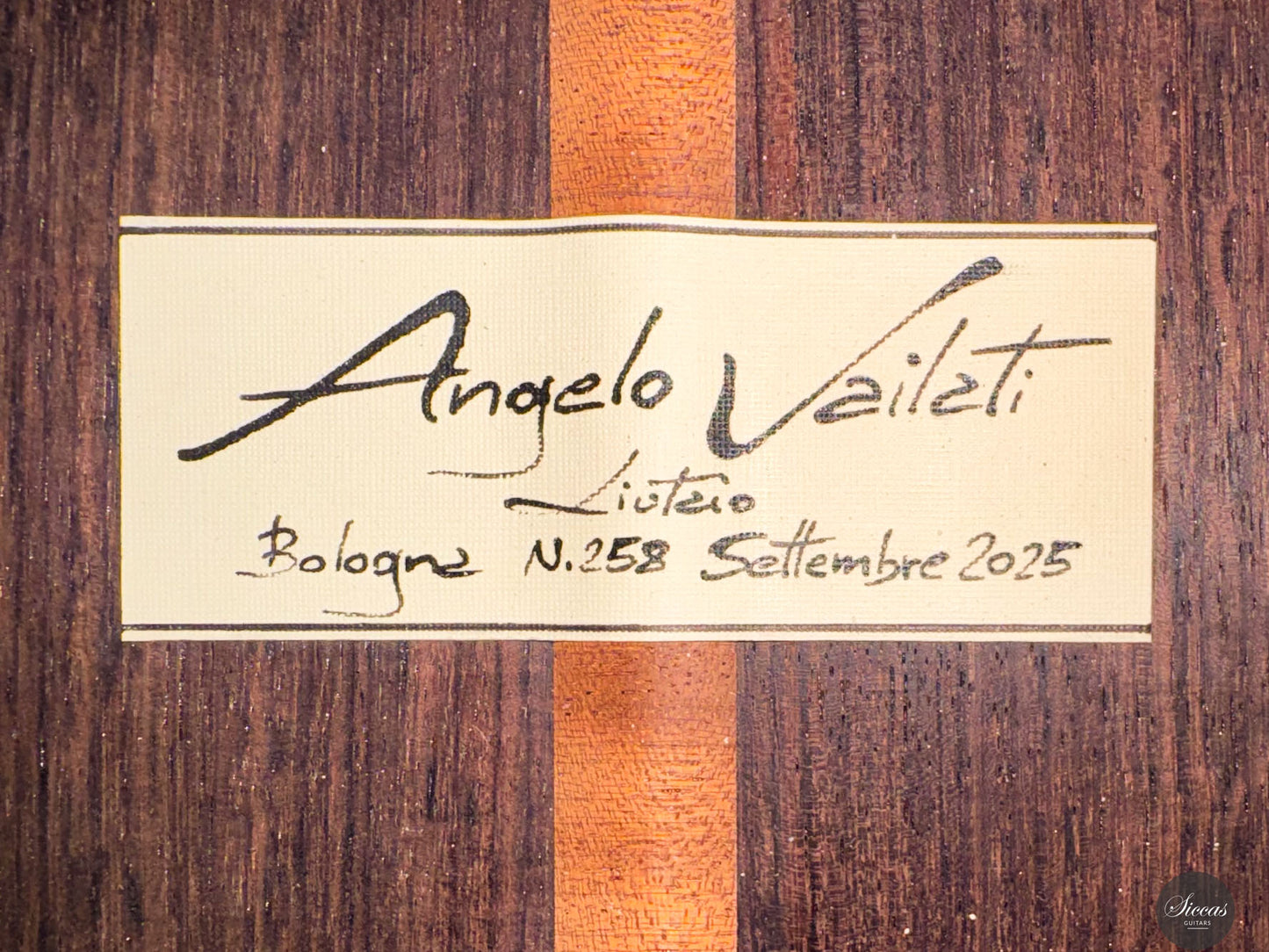
Video overview


More details about the guitar
About the luthier
Angelo Vailati is part of the younger generation of Italian luthiers who have already made a name for themselves on the international stage. After studying under respected masters such as Enrico Bottelli, José Luis Romanillos, and Daniele Chiesa, he established his own workshop in Bologna, Italy. His guitars reflect a deep respect for traditional European craftsmanship while embracing refined modern aesthetics and an individual acoustic vision. Each of his instruments demonstrates meticulous attention to tonal balance, dynamic range, and elegant playability, placing him among the most notable figures of contemporary Italian guitar making.
About the guitar
Model No. 258, completed in September 2025, is what Angelo Vailati describes as his standard concert model, developed after his time working with Daniele Chiesa in Granada in 2008. In the maker’s own words: “It fully represents my building style. In the sound I try to harmonize modernity and tradition, seeking a poetic tone without compromising the efficiency of the sound emission, even in the higher registers.”
The top is made from Swiss spruce, paired with well-seasoned Indian rosewood for the back and sides. The neck is Cedrela, and the fingerboard is African ebony. The five-fan bracing includes a low bridge bar, designed to optimise the balance of projection and colour. The rosette is distinctively Vailati’s own, combining a central lozenge motif in maple and ebony with an outer mosaic inspired by Simplicio. A beautifully figured maple purfling adds movement and brightness to the instrument’s darker tonewoods, especially along the back and sides.
Tonally, the guitar is highly expressive. The trebles are delicate, melodic and lyrical, yet can rise with force when required, giving the instrument strong personality and emotional range. It is extremely easy to play, allowing nuanced control of tone and dynamic phrasing. With a consistent voice across all registers and fast, articulate response, this guitar lends itself to a wide variety of repertoire. Tuners are by Alessi, and the finish is traditional French polish.
Regular care extends the life of the instrument
Even with careful use, a classical guitar may gradually change in appearance or respond to unstable storage conditions. Have a close look at your guitar regularly and be attentif to changes. If your instrument is suffering from its environement, it will let you know.
Protect Your Guitar: Handle with Care
Be mindful when touching your instrument with greasy or unwashed hands: any skin contact is a small attack on the varnish. Of course, a guitar is made to be played, but taking a few precautions helps preserve its beauty: wash your hands before playing, wear long sleeves, and avoid unnecessary direct skin contact with the body of the instrument.
Pro tip: Avoid playing with a button-up shirt, heavy jewelry, or a belt, as these can scratch the guitar. Also, make sure your guitar case is free of any objects that could damage the instrument during storage.
String care
A good habit to adopt is wiping down your strings briefly after each playing session. This small action significantly extends their lifespan and helps maintain a consistent, comfortable feel under your fingers.
Most importantly, clean strings are essential for keeping your instrument in tune. Corrosion, sweat, and dust can affect the uniformity of the strings and interfere with accurate tuning across the entire fingerboard.
Pro tip: If you're having trouble getting your guitar in tune, it might be time to change the strings. A useful test is to compare the pitch of the 12th fret harmonic with the fretted note at the 12th fret; if there's an unusually large gap between them, your strings may have lost their integrity and should be replaced.
Keep Your Shellac Finish Shining!
Got a guitar with a shellac (French polish) finish? Here's a simple trick: Take a clean microfiber cloth and gently breathe on the surface to create a light mist. Then, softly rub to remove fingerprints, sweat, and grease. That’s usually all it takes to keep it looking great, no products needed!
Pro tip: Every few years, treat your guitar to a check-up with a luthier to keep it in top shape.
Storing Your Guitar: Climate Matters
Your guitar can safely stay outside its case, as long as the surrounding environment maintains 42–55% humidity and a temperature between 18–25°C.
Keep in mind that humidity levels can still fluctuate inside the case, especially during seasonal changes.
- Too much humidity may cause overtightened strings and a dull tone.
- Too little humidity can lead to a bulging top, string buzz, or even cracks.
Avoid placing your guitar near radiators, air conditioners, or windows with direct sunlight.
Pro tip: Always close your guitar case while playing. This helps preserve a stable microclimate inside the case, so your instrument is protected the moment you put it back in.


